Farming the Burmese Hills
While planning our trip to Myanmar, one experience that we continued to read about, and become enamored of, was an overnight farm-stay and scenic, countryside trek through several tribal farming villages in the Shan Hills, near idyllic Inle Lake. Commencing from the old colonial hill station of Kalaw, the trek would take nearly two days of walking (with the help of a quick car ride to set us off and a boat journey up the lake) to reach Nyaungshwe village, our destination on Inle Lake. Well worth the trek, we knew this experience would take us deeper into Burmese culture, specifically agricultural practices of the local tribes, often missing from the typical tourist itinerary.
We signed up with A-1 Trekking in Kalaw, and our gracious and informative guide, Shwe Ou of the Pa-O tribe, provided an insider’s view into village life as she steered us along the 40 odd kilometers it would take to reach our end point. We were peppered with local fact and lore (and answers to our many questions) as we weaved through small, rural villages and made our way via well-trodden paths along the raised edges of dried rice paddies, across fields of ginger and wheat and forests of bamboo and teak.
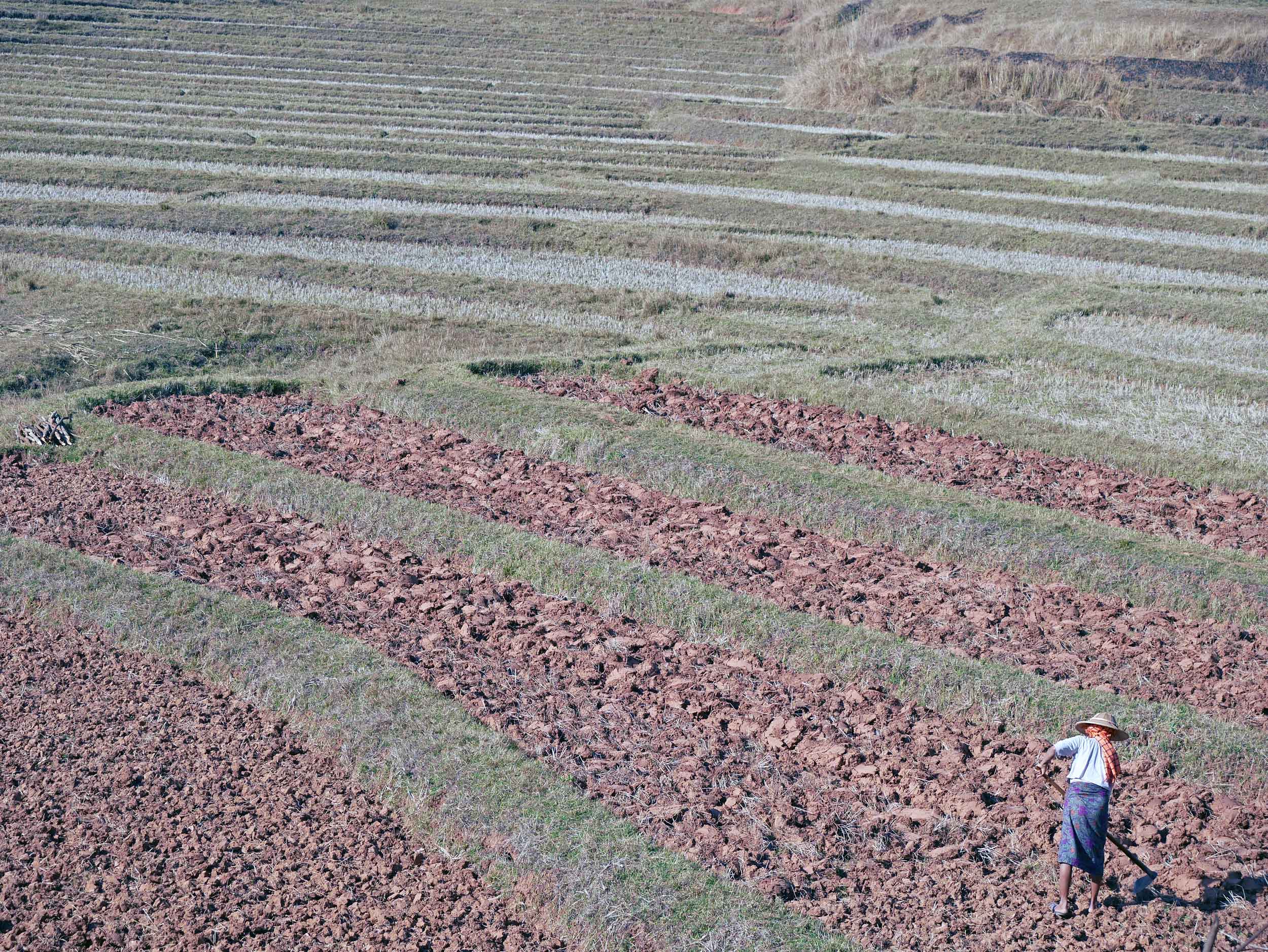
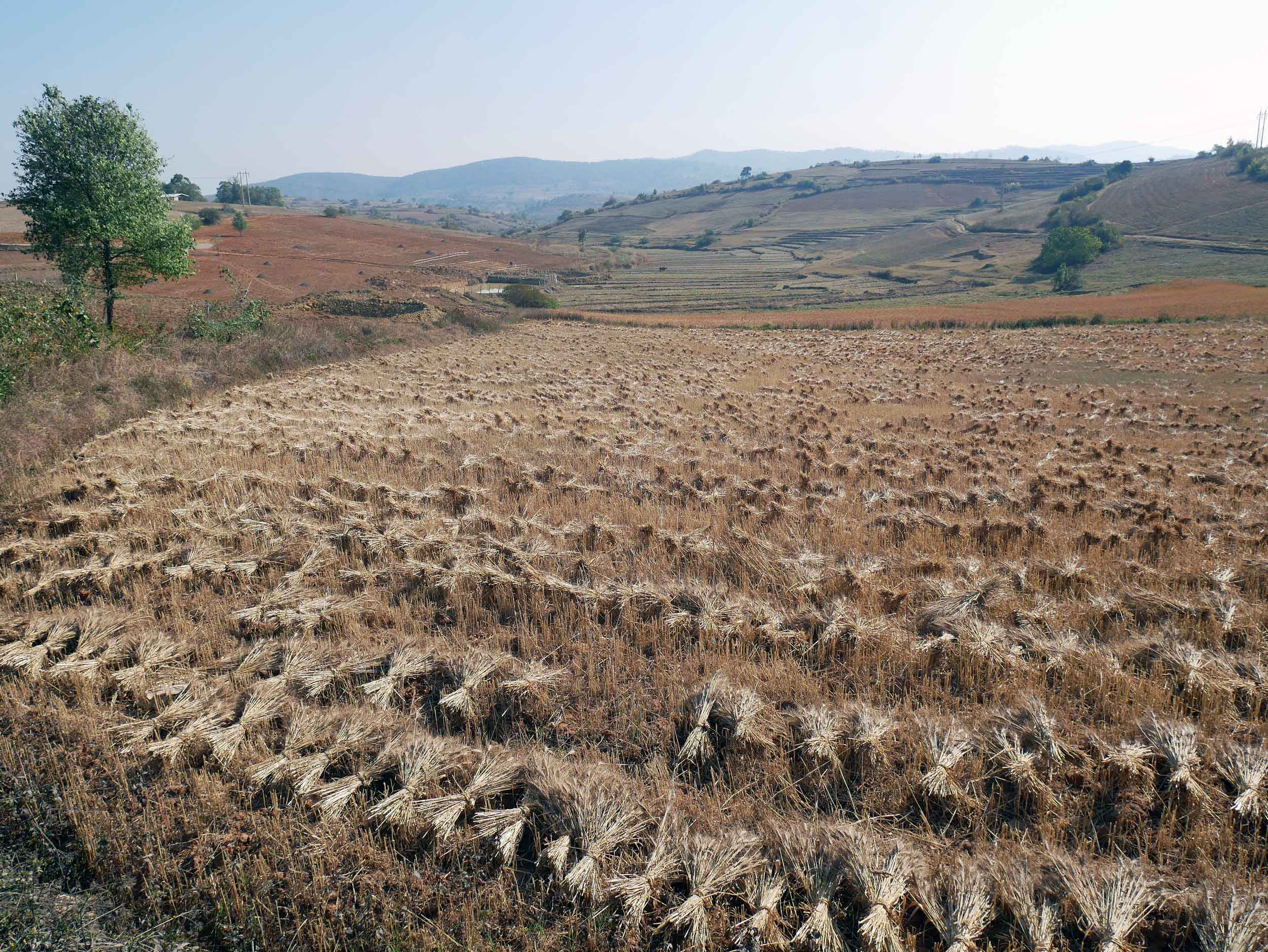
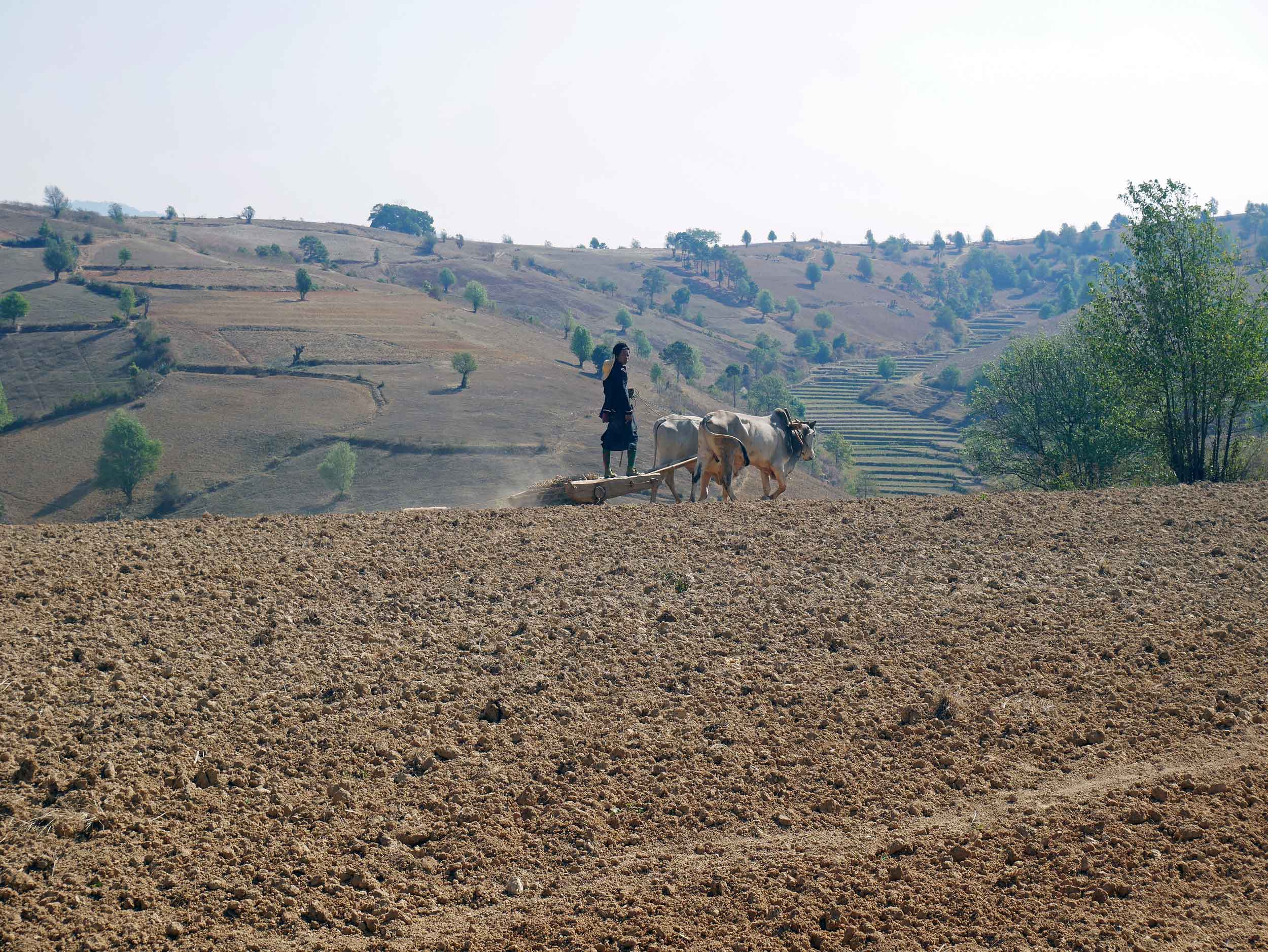

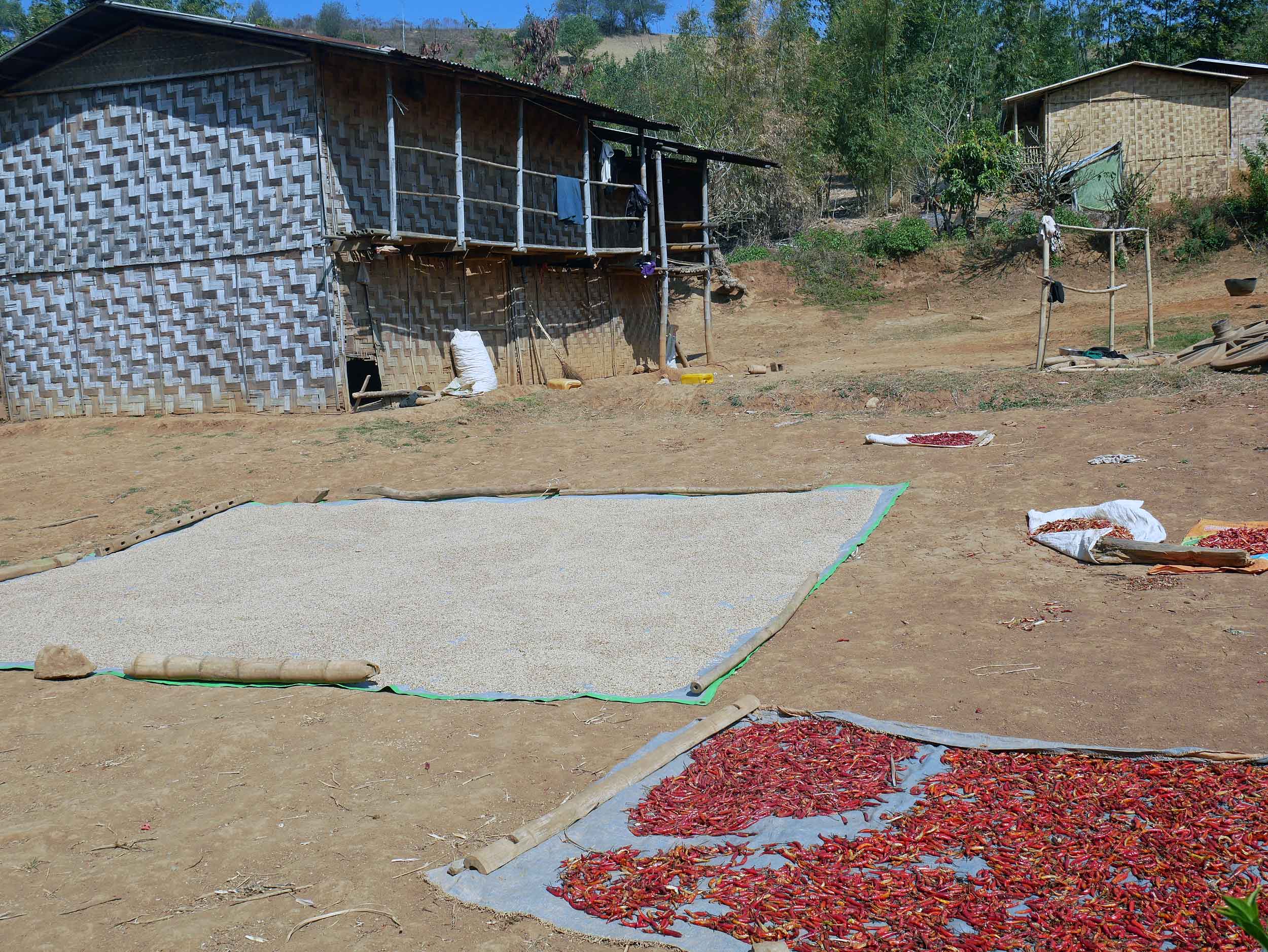
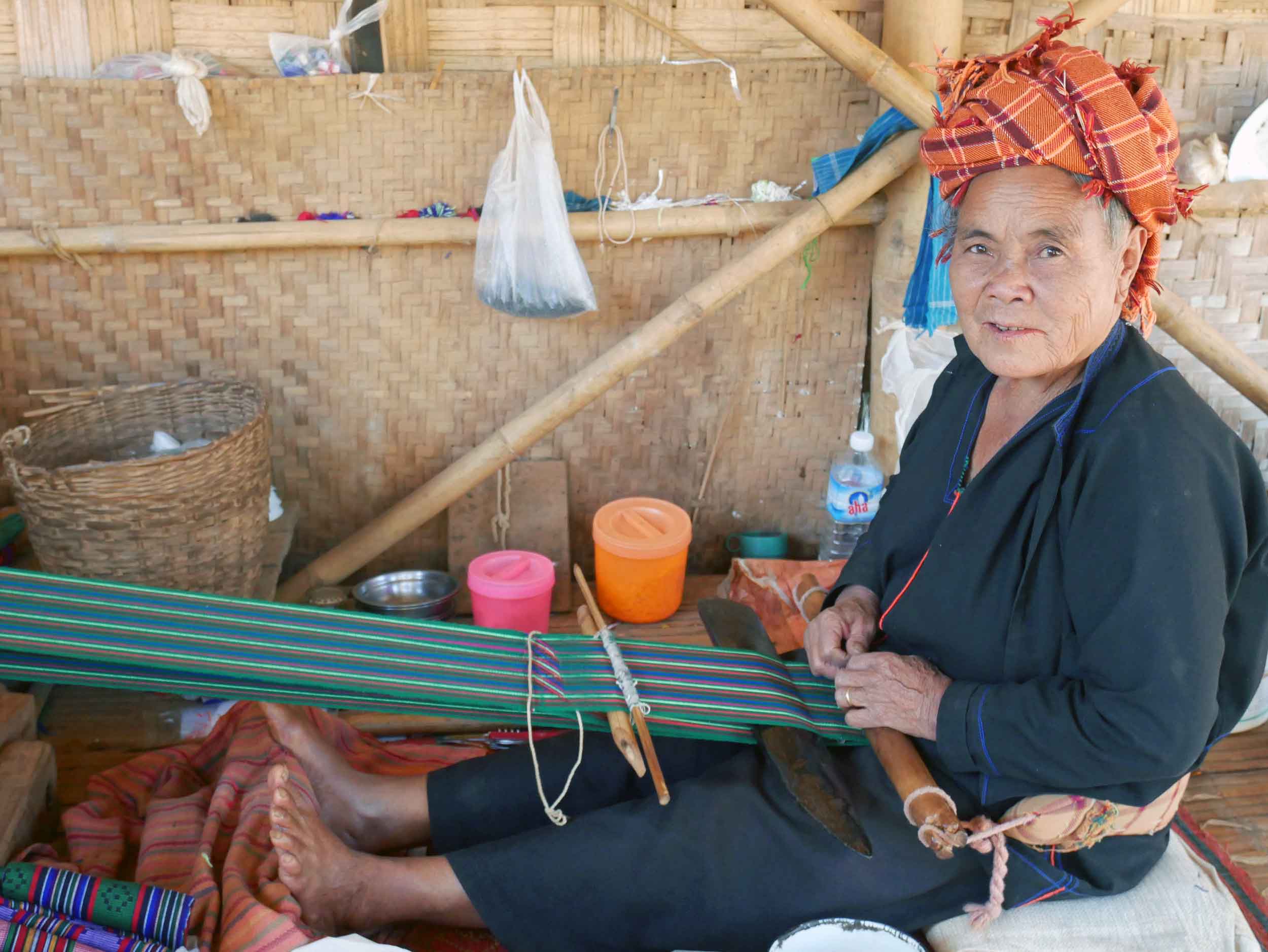
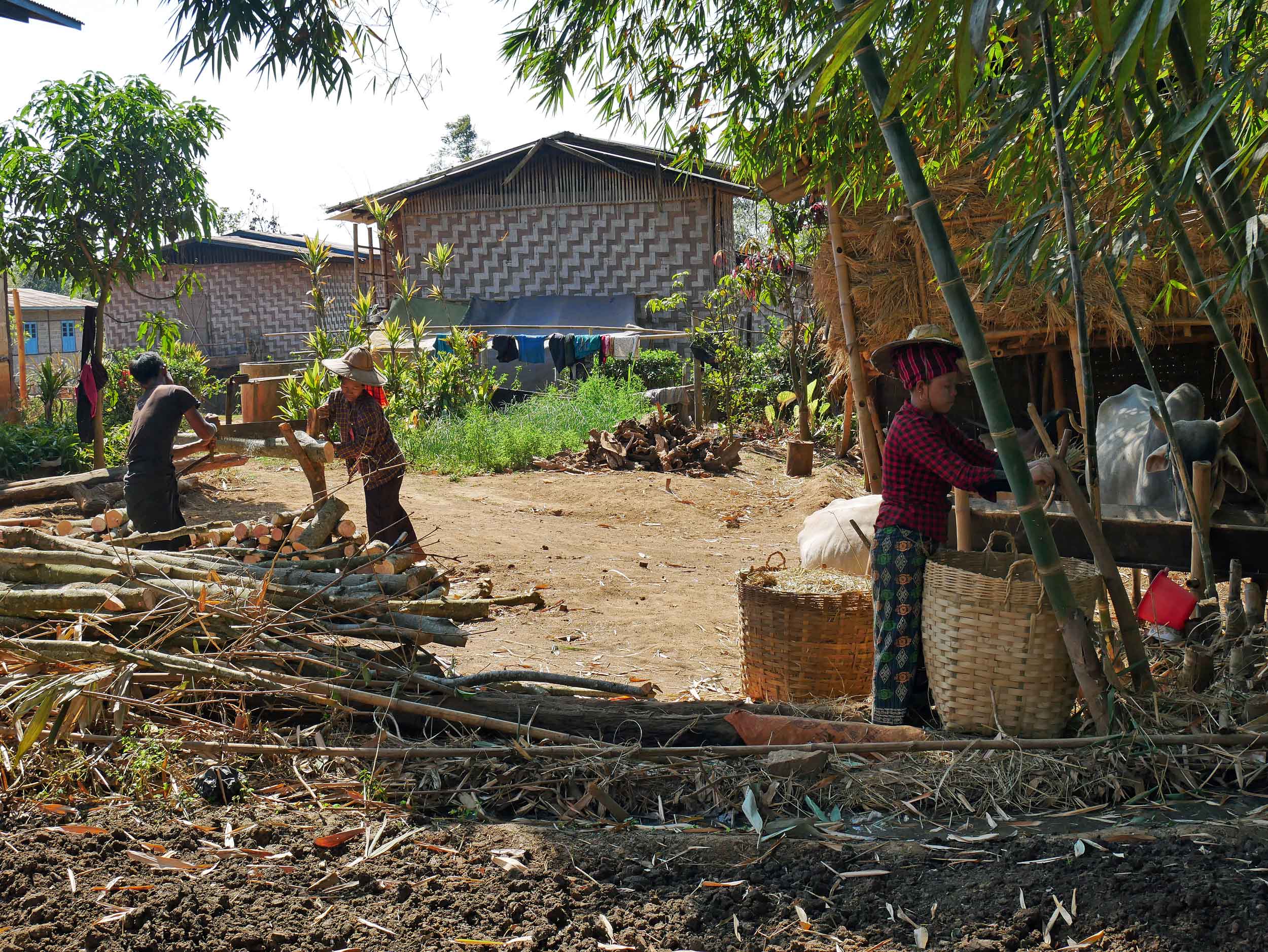
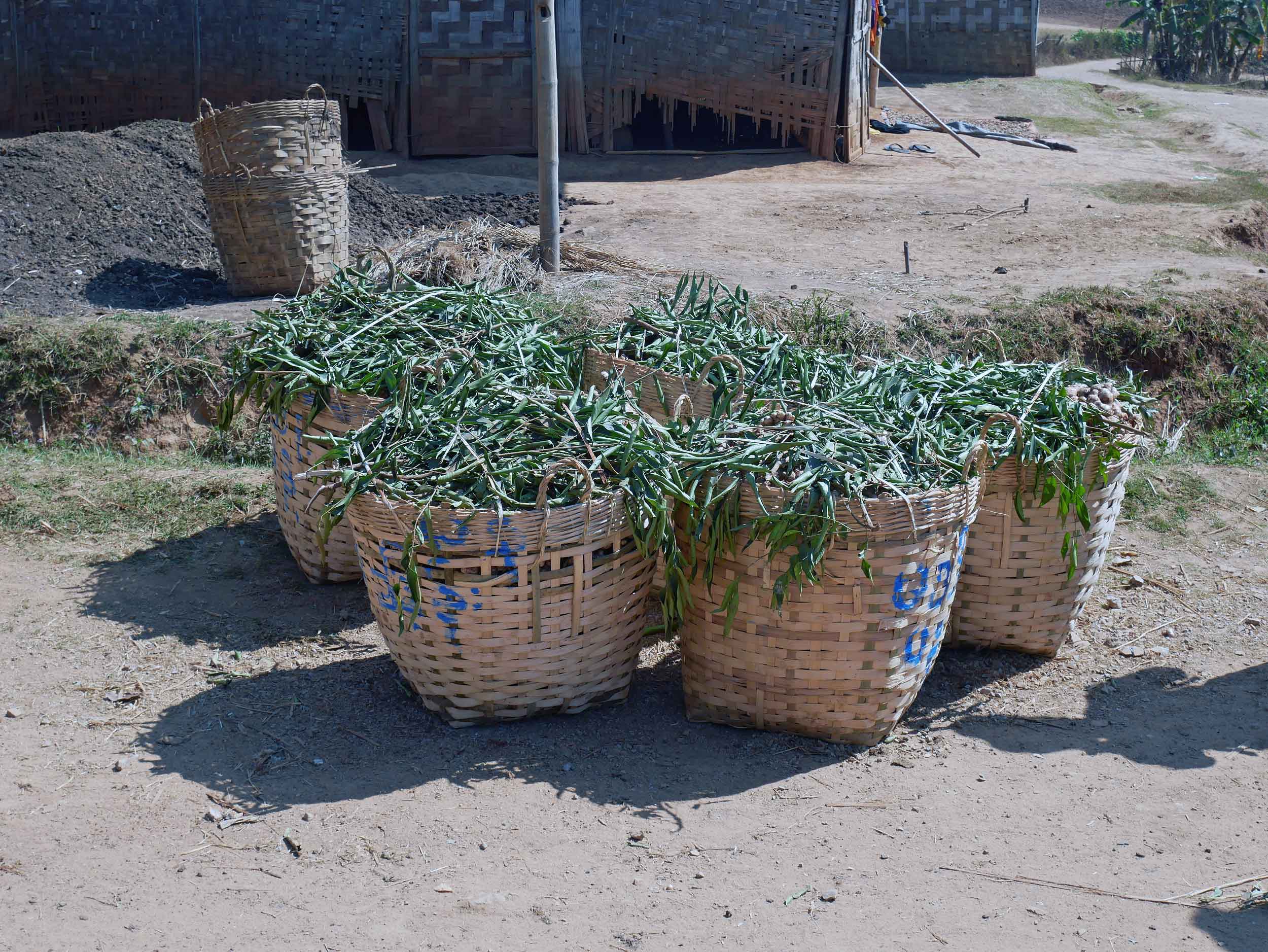
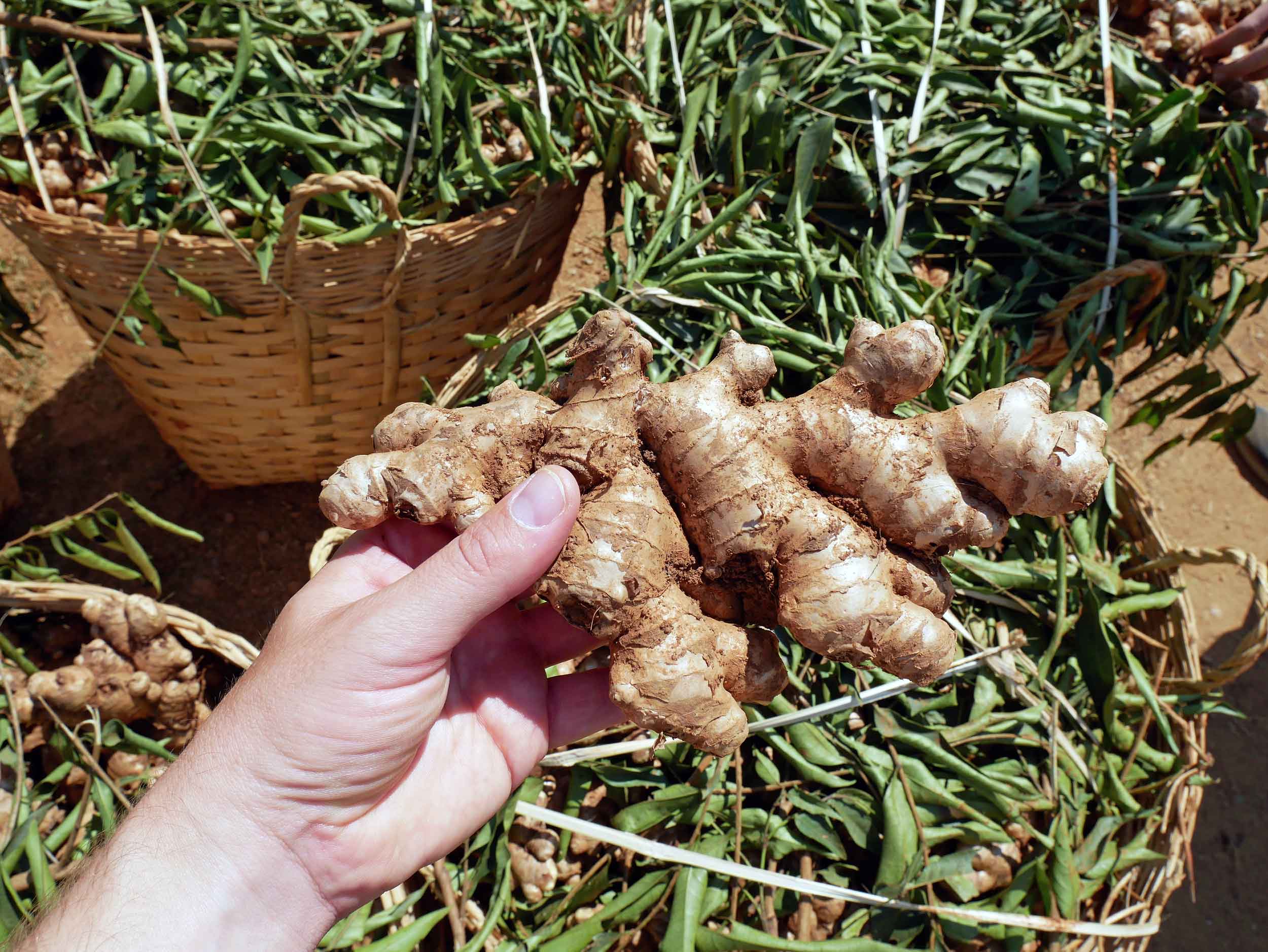
We witnessed firsthand the labor intensive agricultural techniques employed in a land of limited resources but ample commitment; it was amazing to see what these communities are able to achieve in the absence of petroleum-powered means. Entire tribes worked together in the cultivation of food, and it was abundantly clear how close the ties and mutual concern of interdependency have bound these tightknit people. Working in groups, they laugh and chat together throughout the day, bringing to life the axiom, “many hands make light work.”
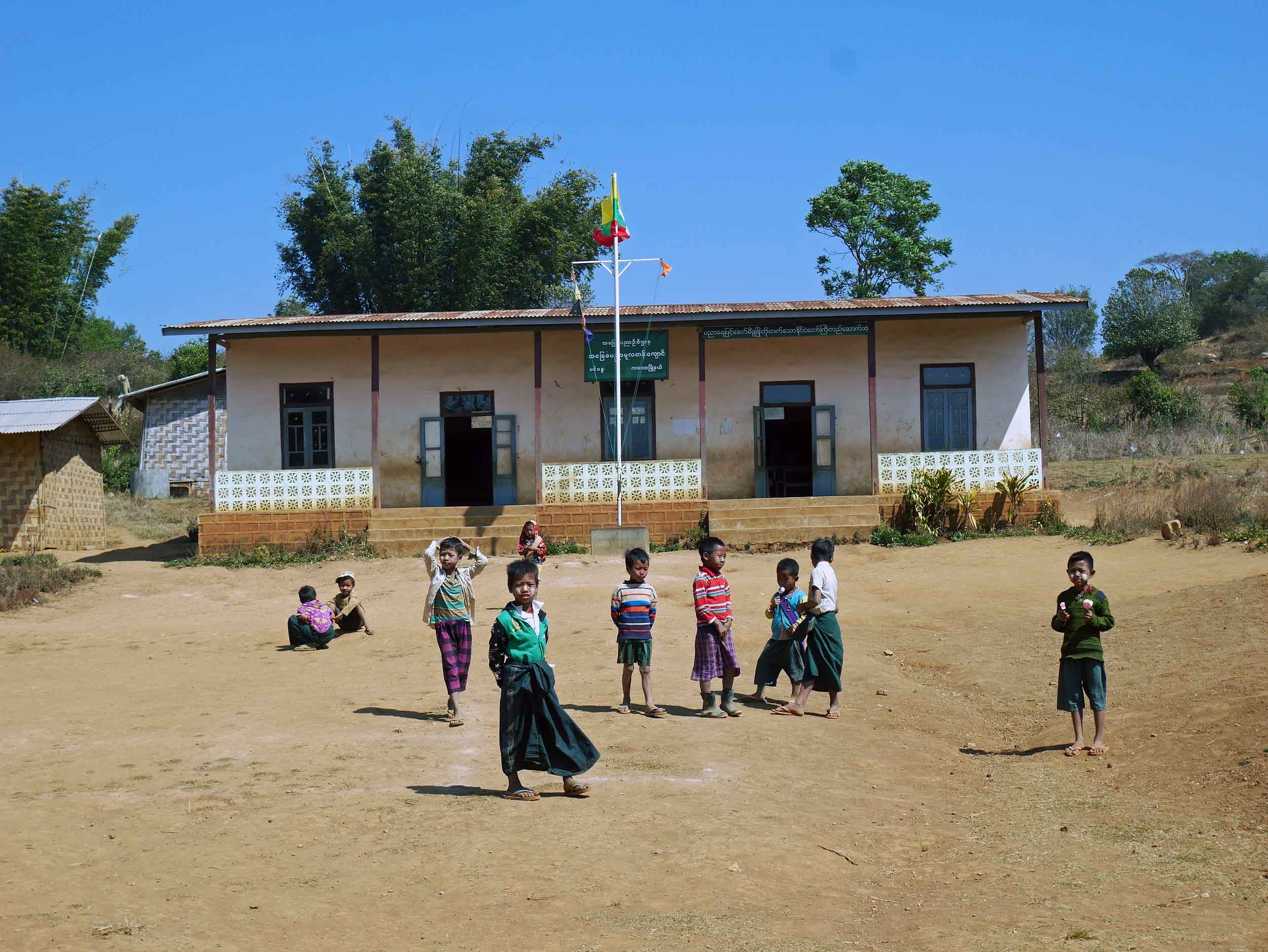

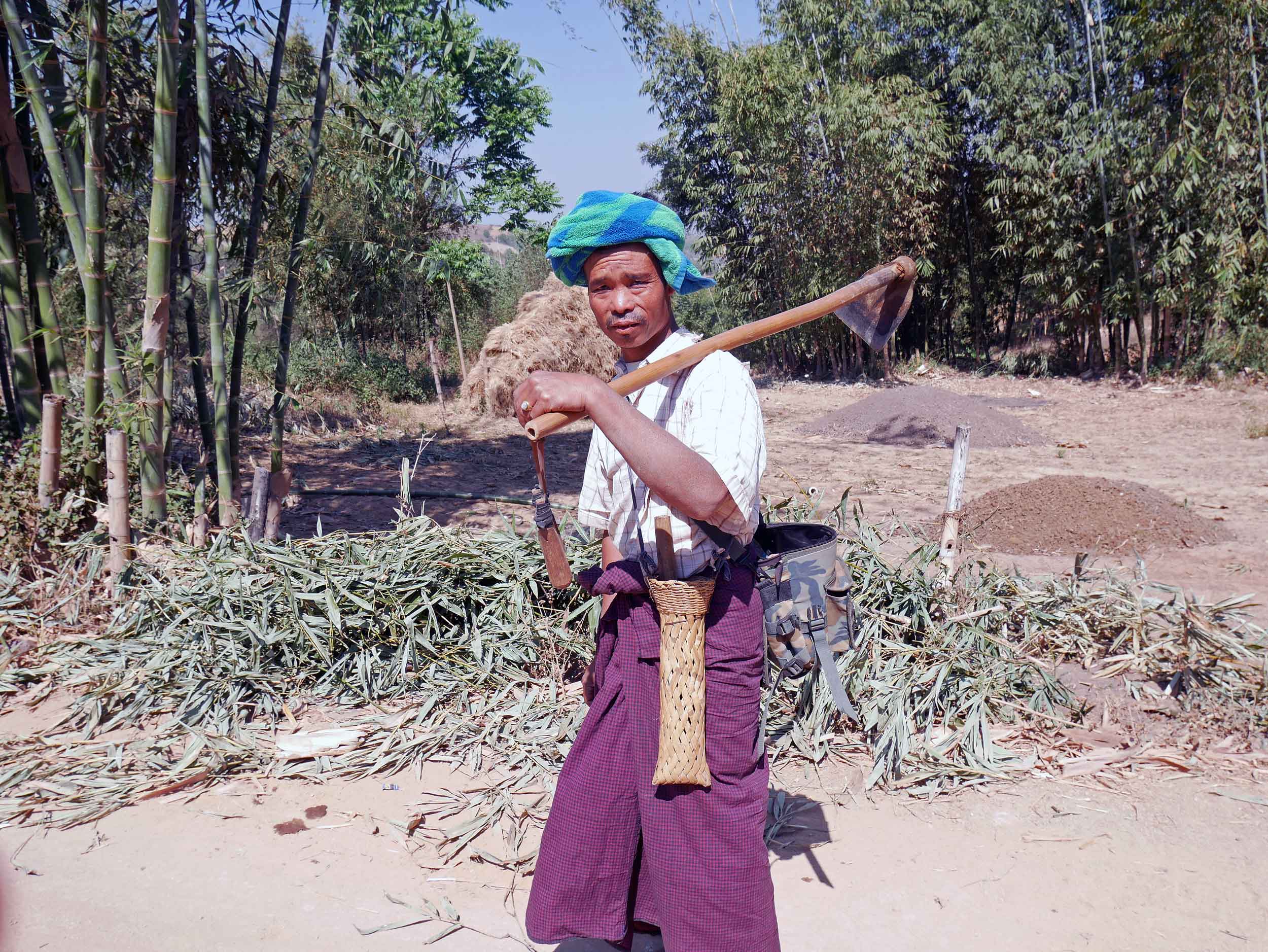
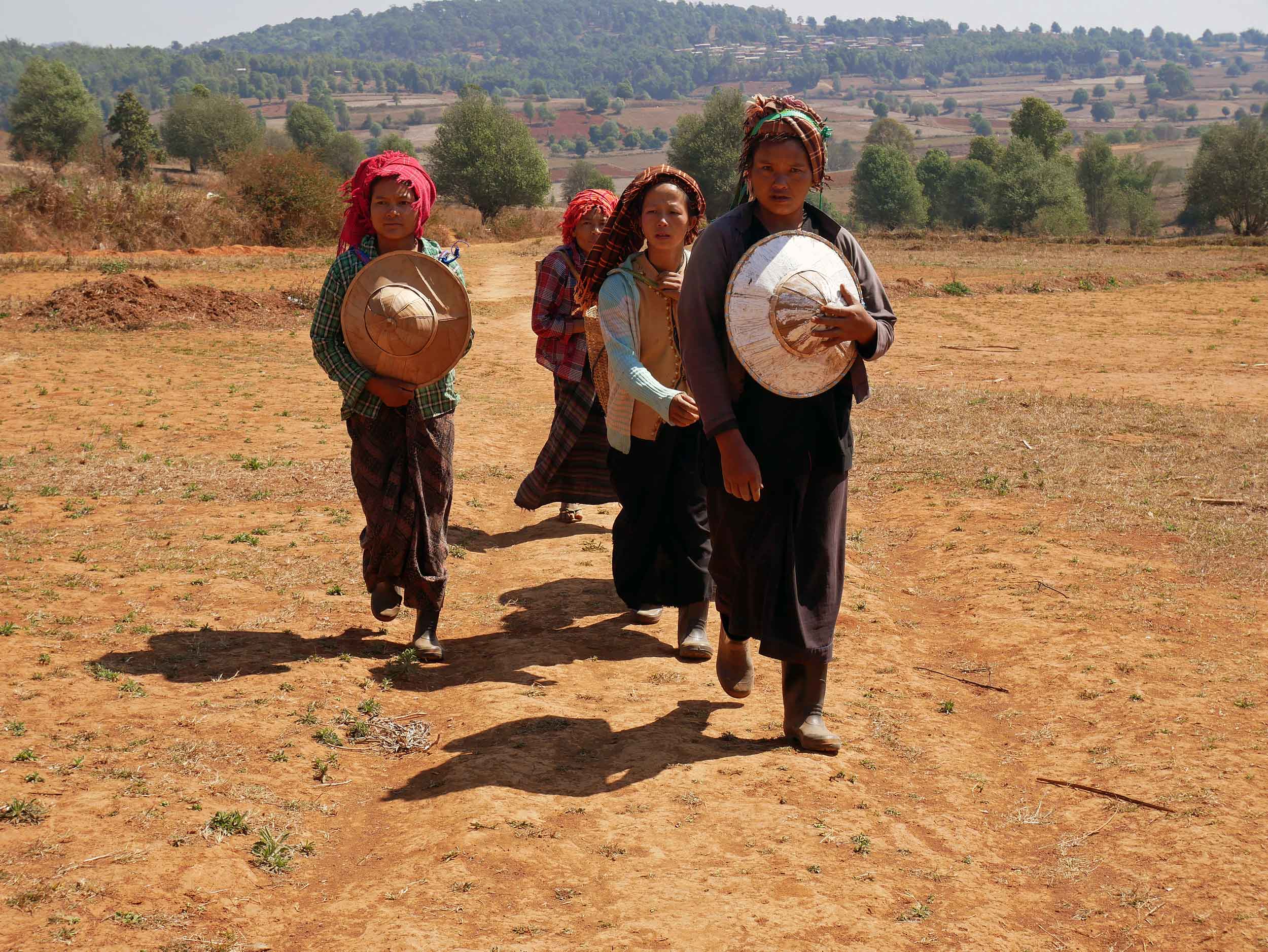
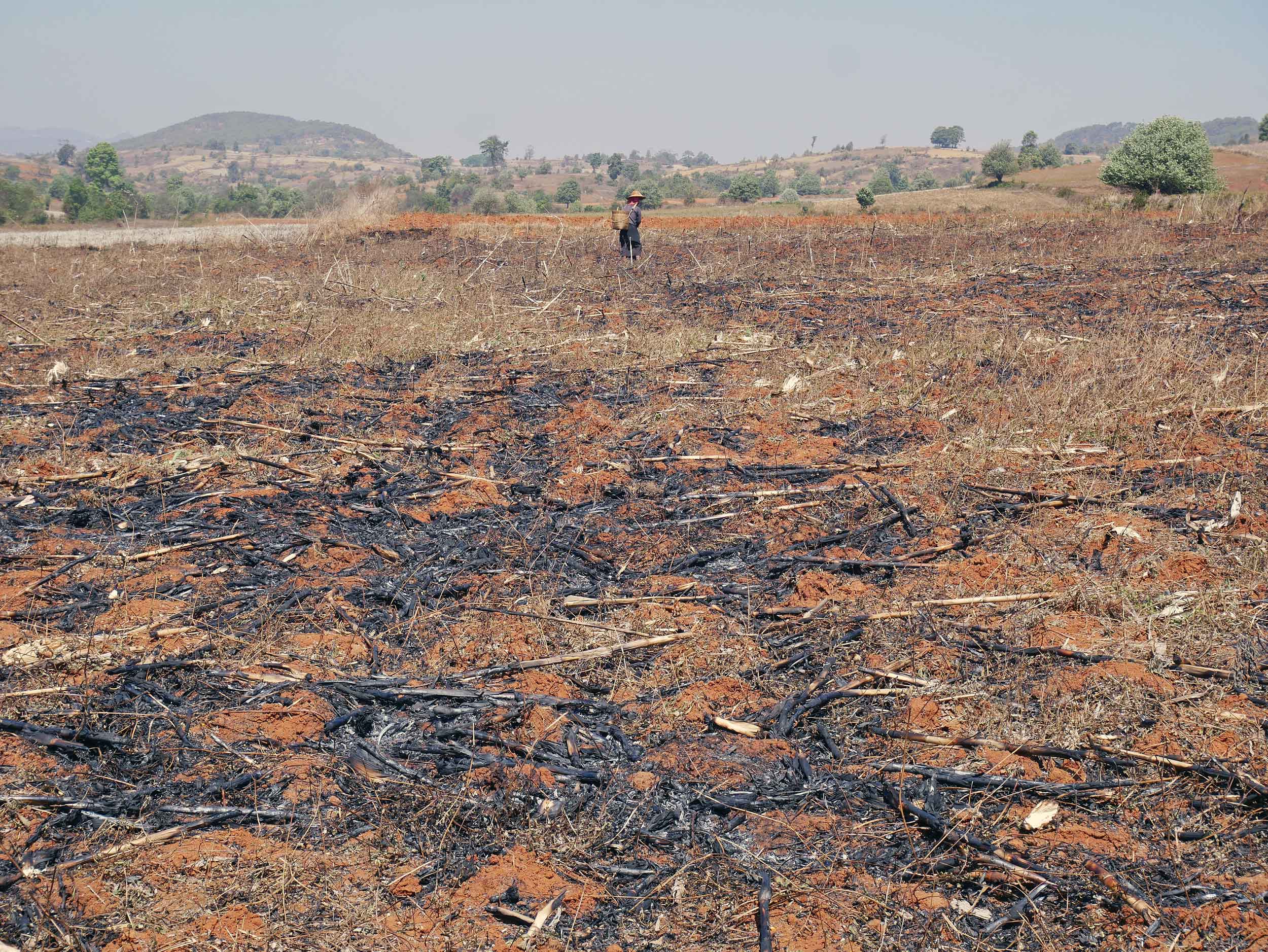
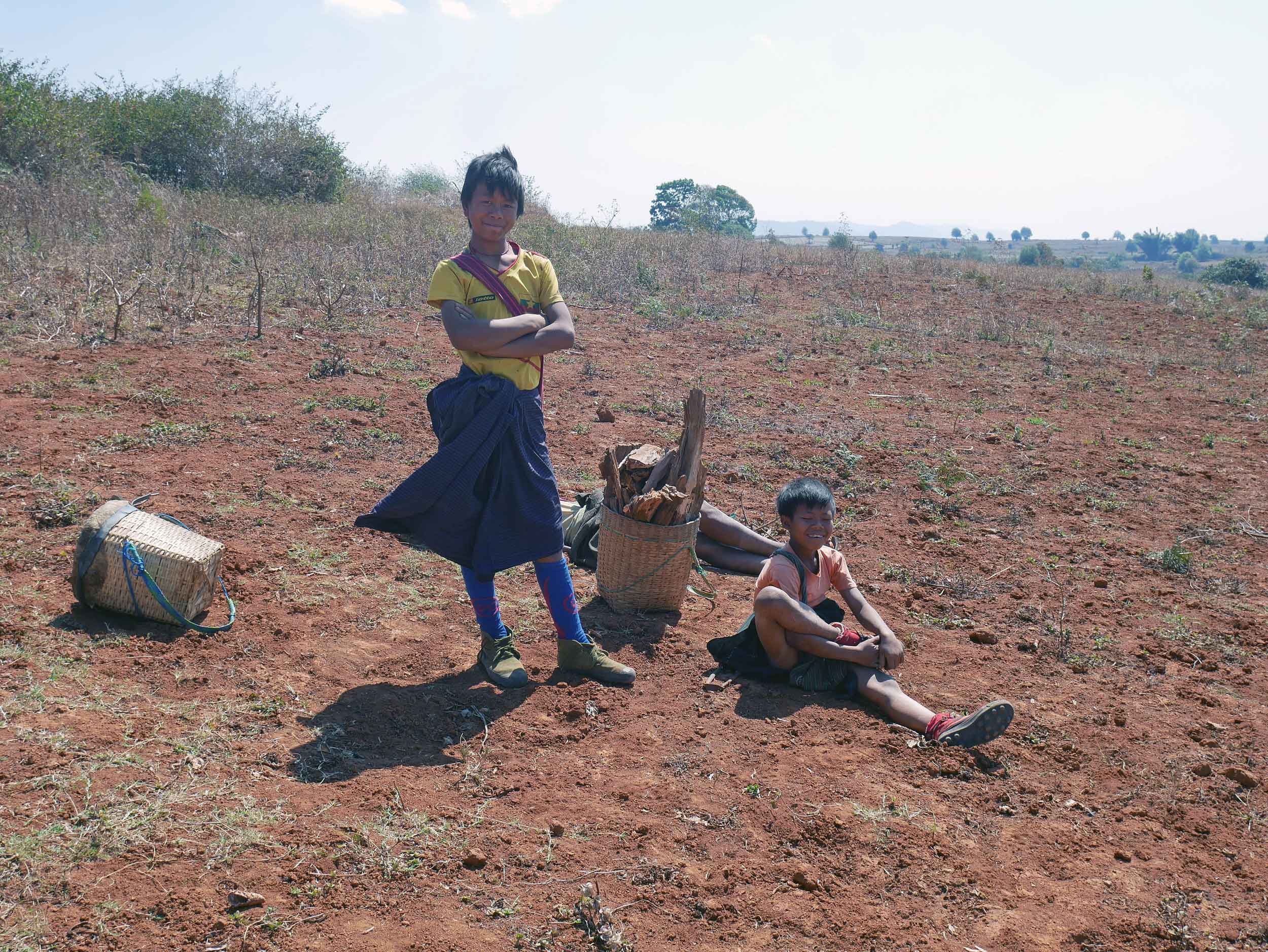
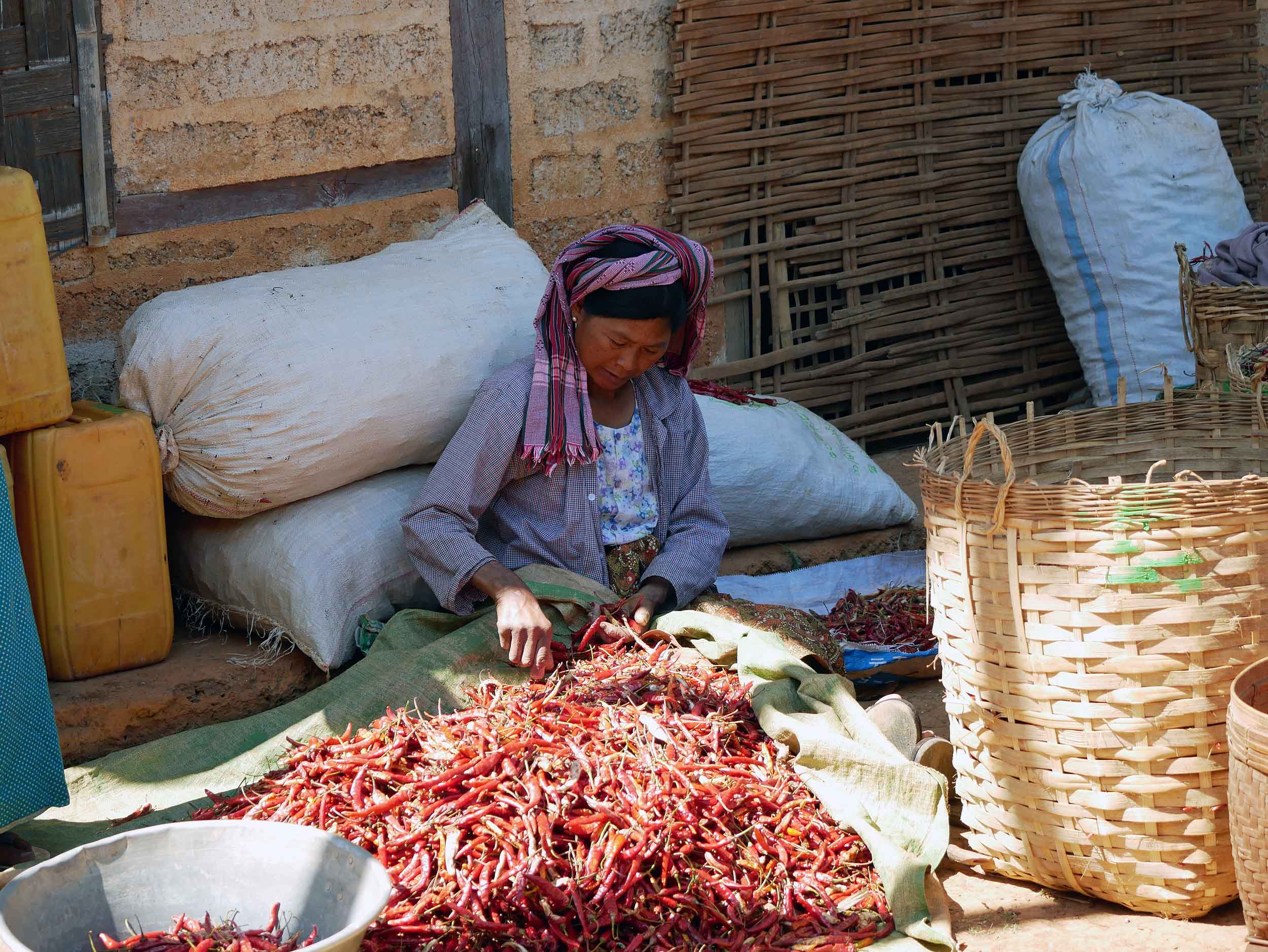
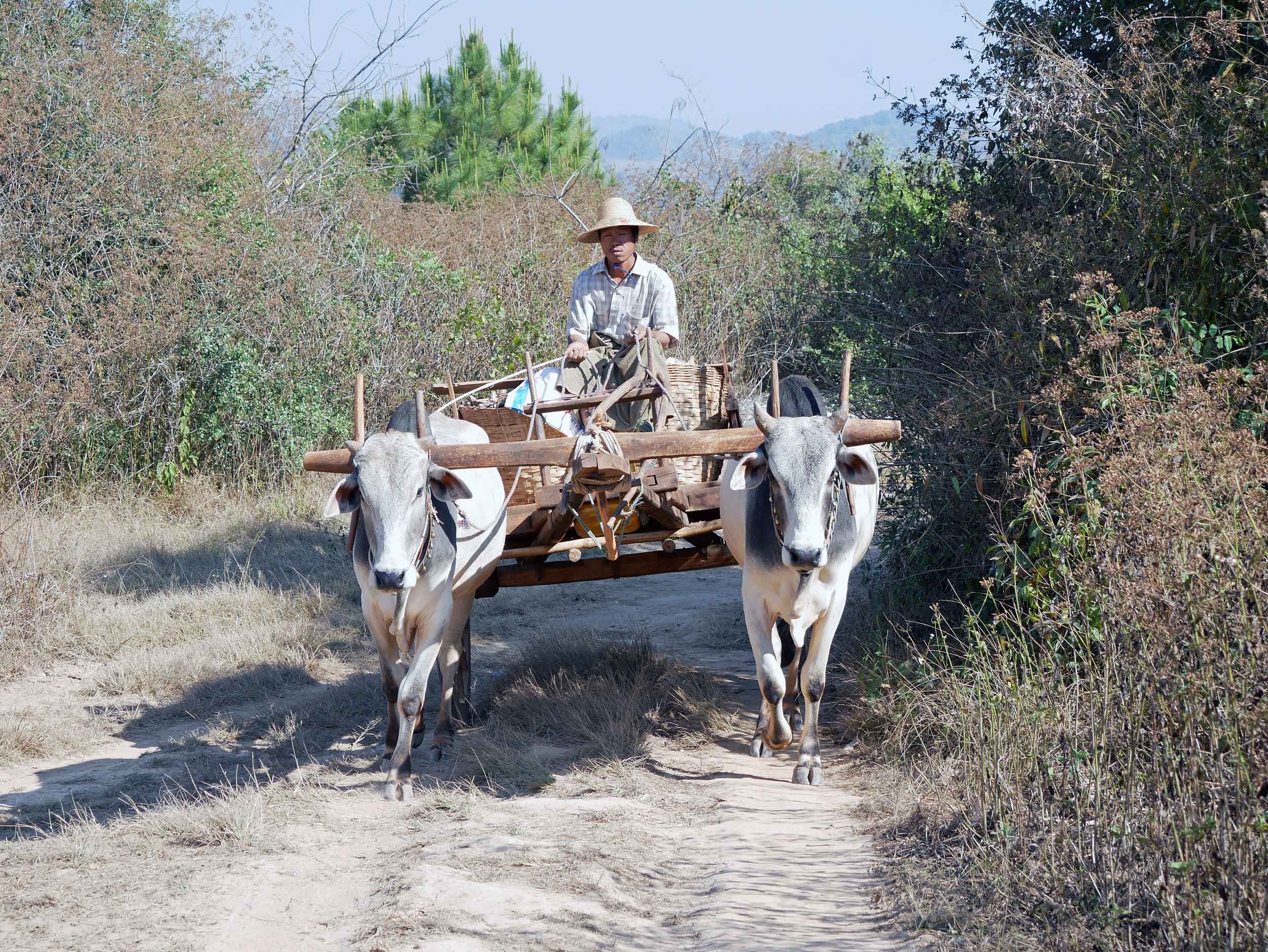
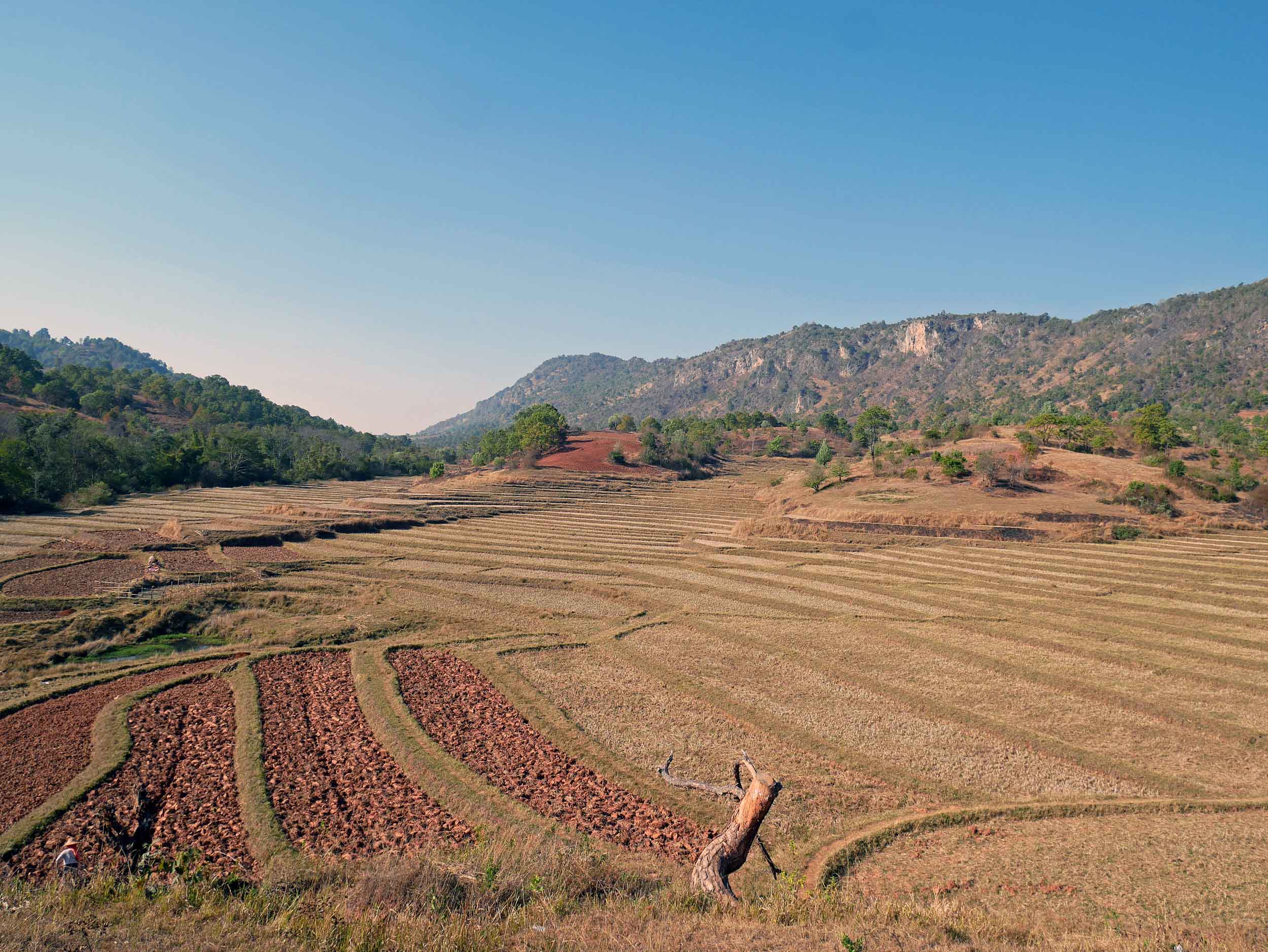
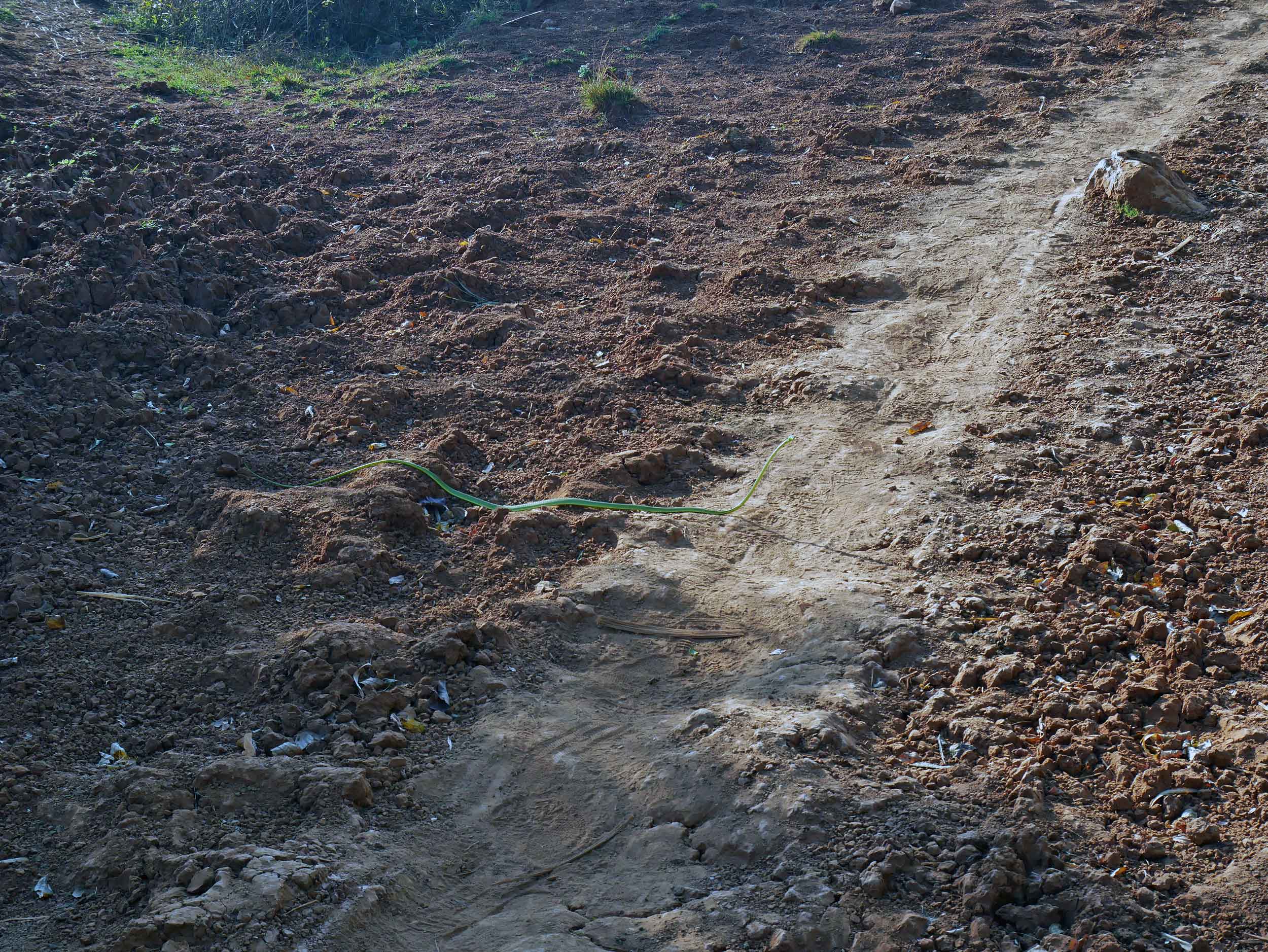
The crafts of the Pa-O people in the Kone-hla village included handwoven bamboo baskets made by the men and colorful textiles woven by the women. These products, sold in the local markets (and to tourists) significantly supplement their income; however, agriculture is the mainstay of their revenue. Crops of especial importance to these communities include rice, wheat, corn, chili pepper, ginger and turmeric. What they’re unable or unwilling to produce locally, they must collectively procure weekly at regional markets, which are often hours away by motorbike.
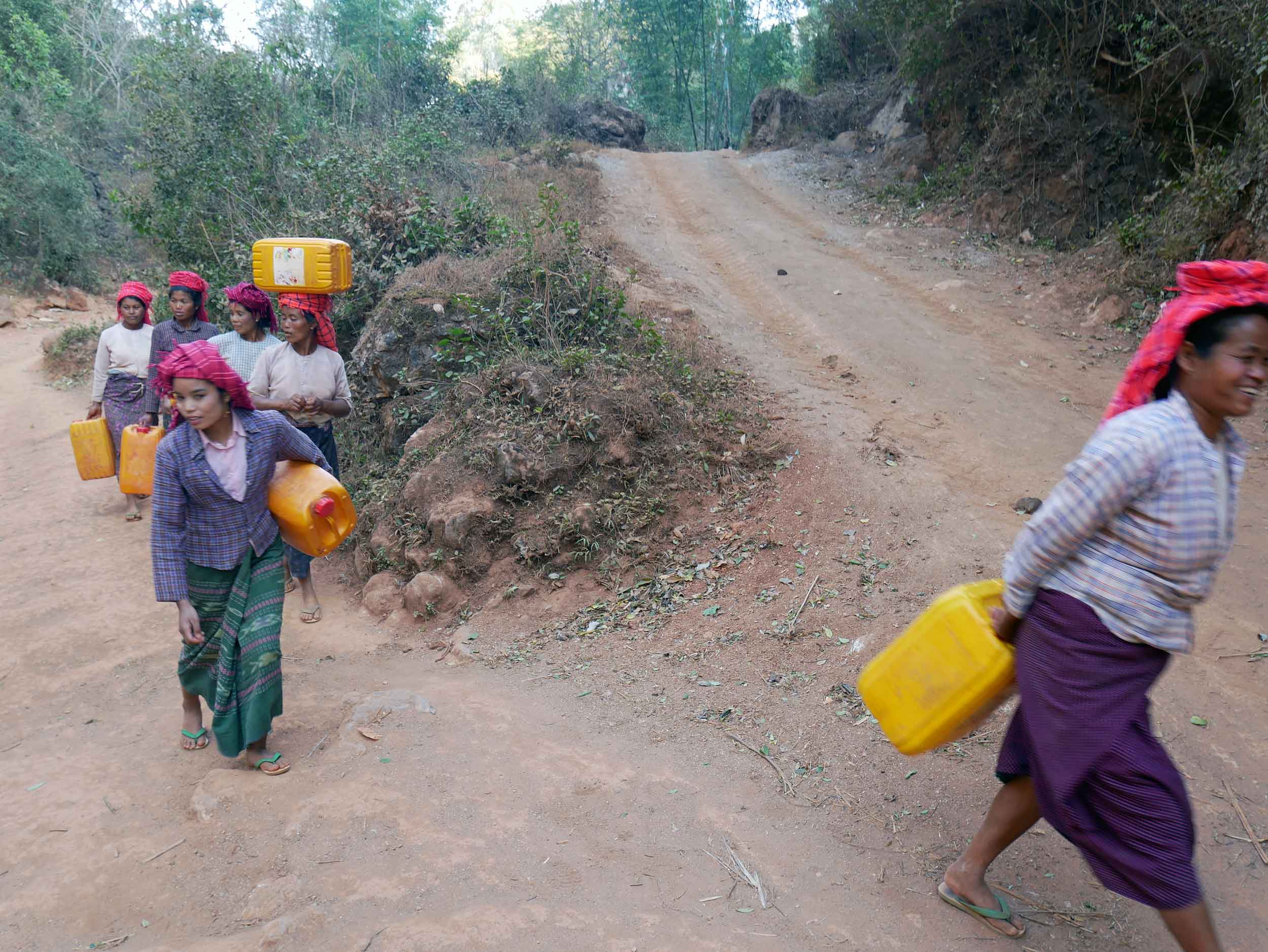
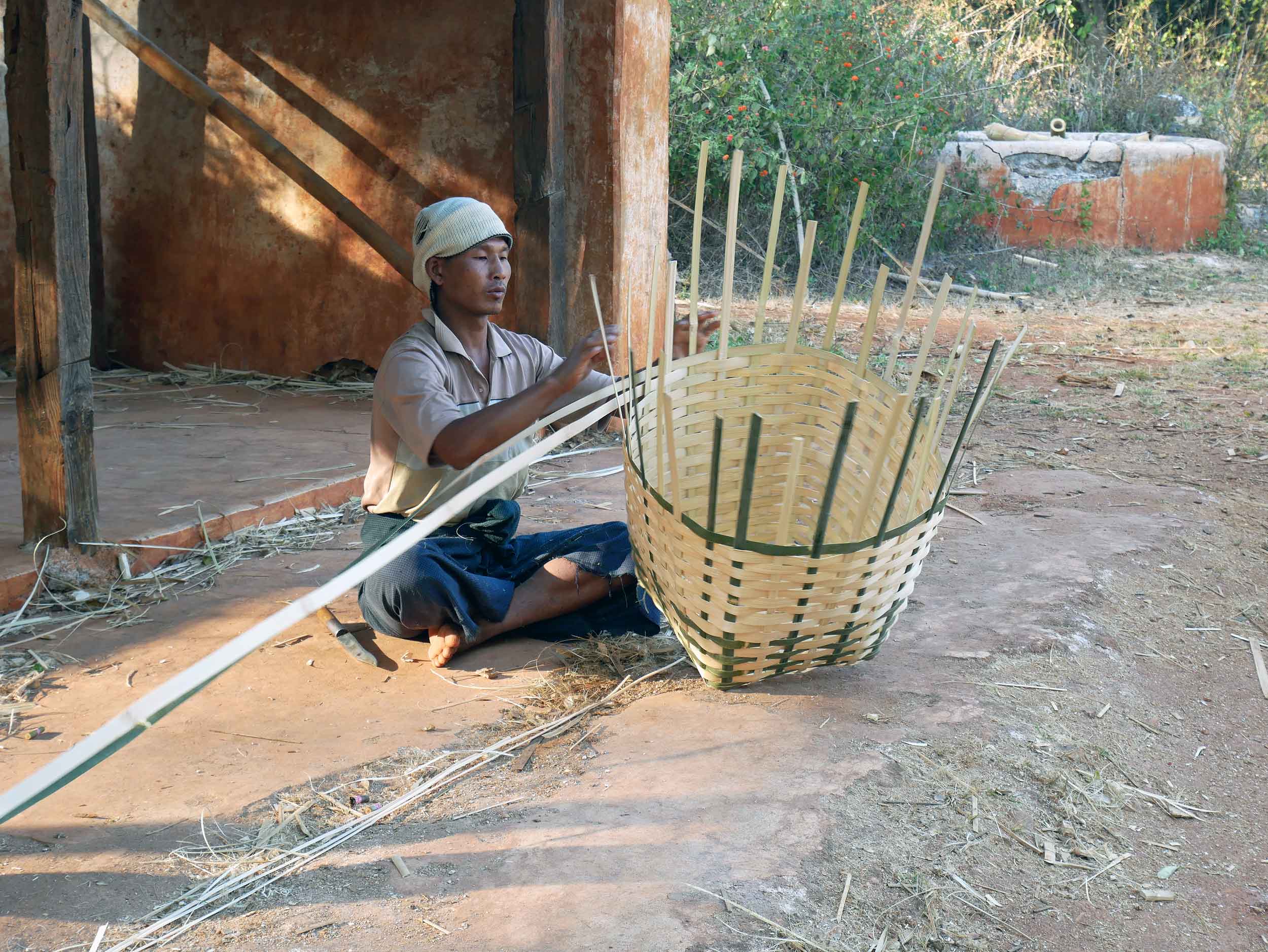
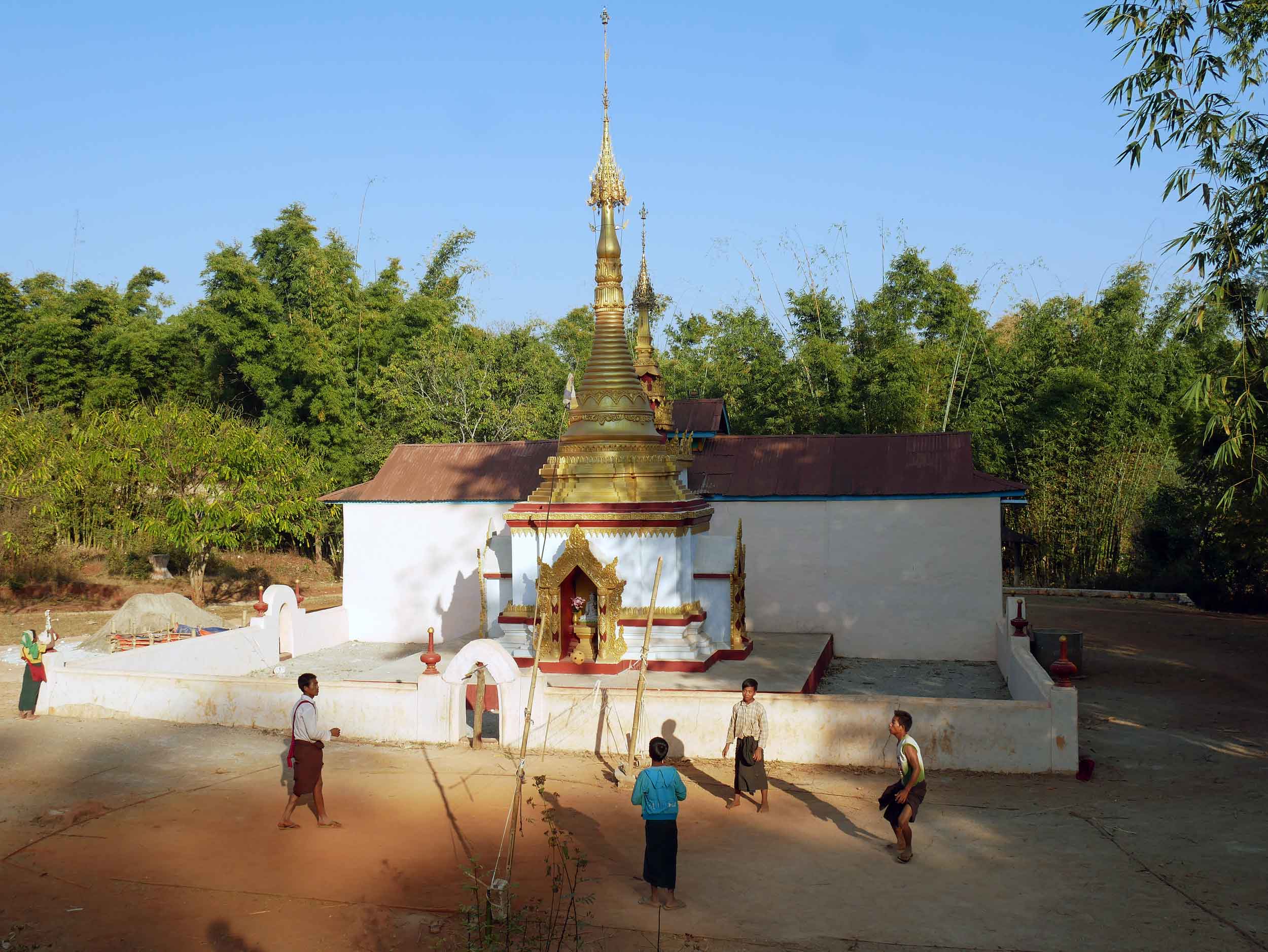

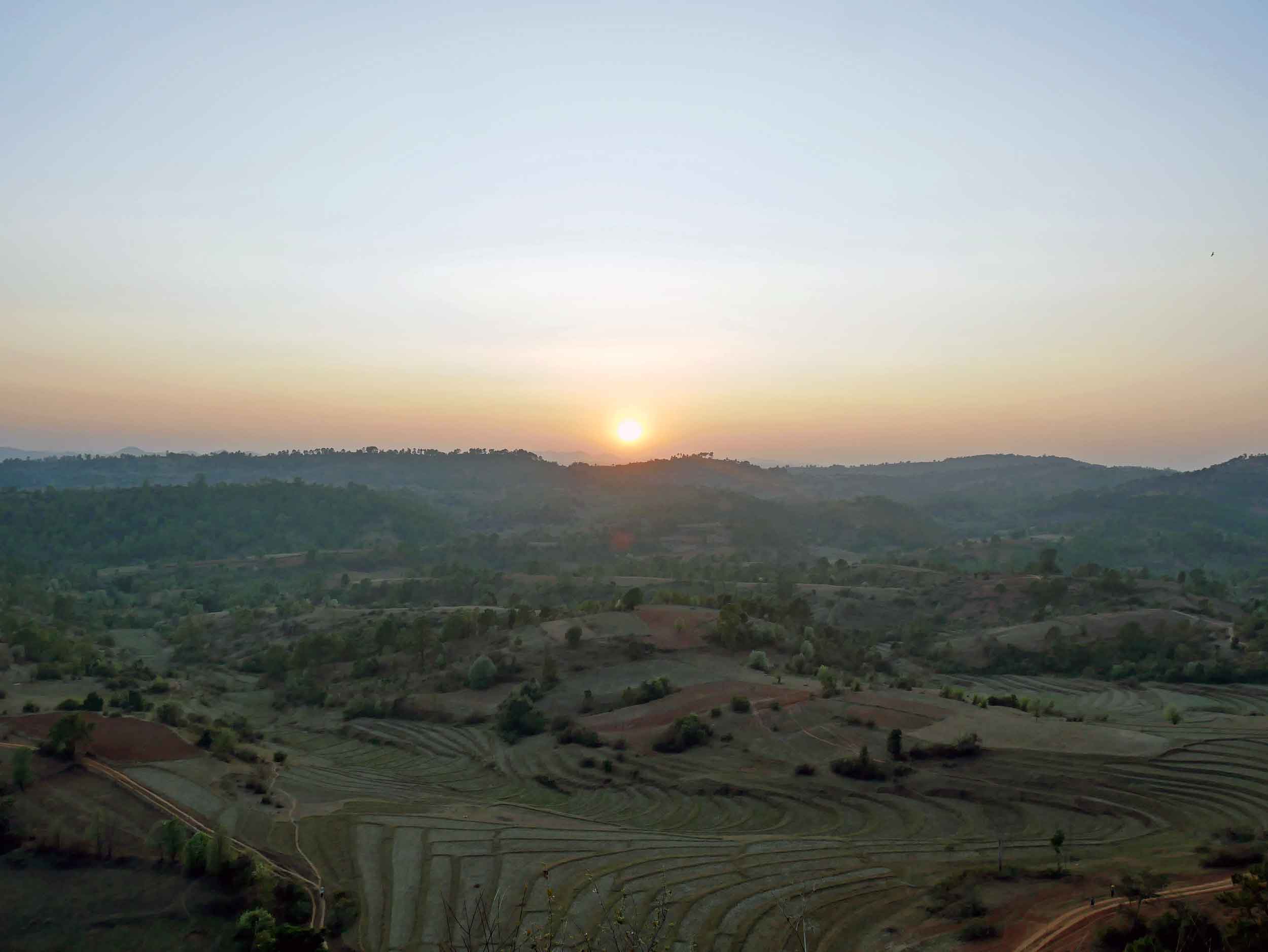
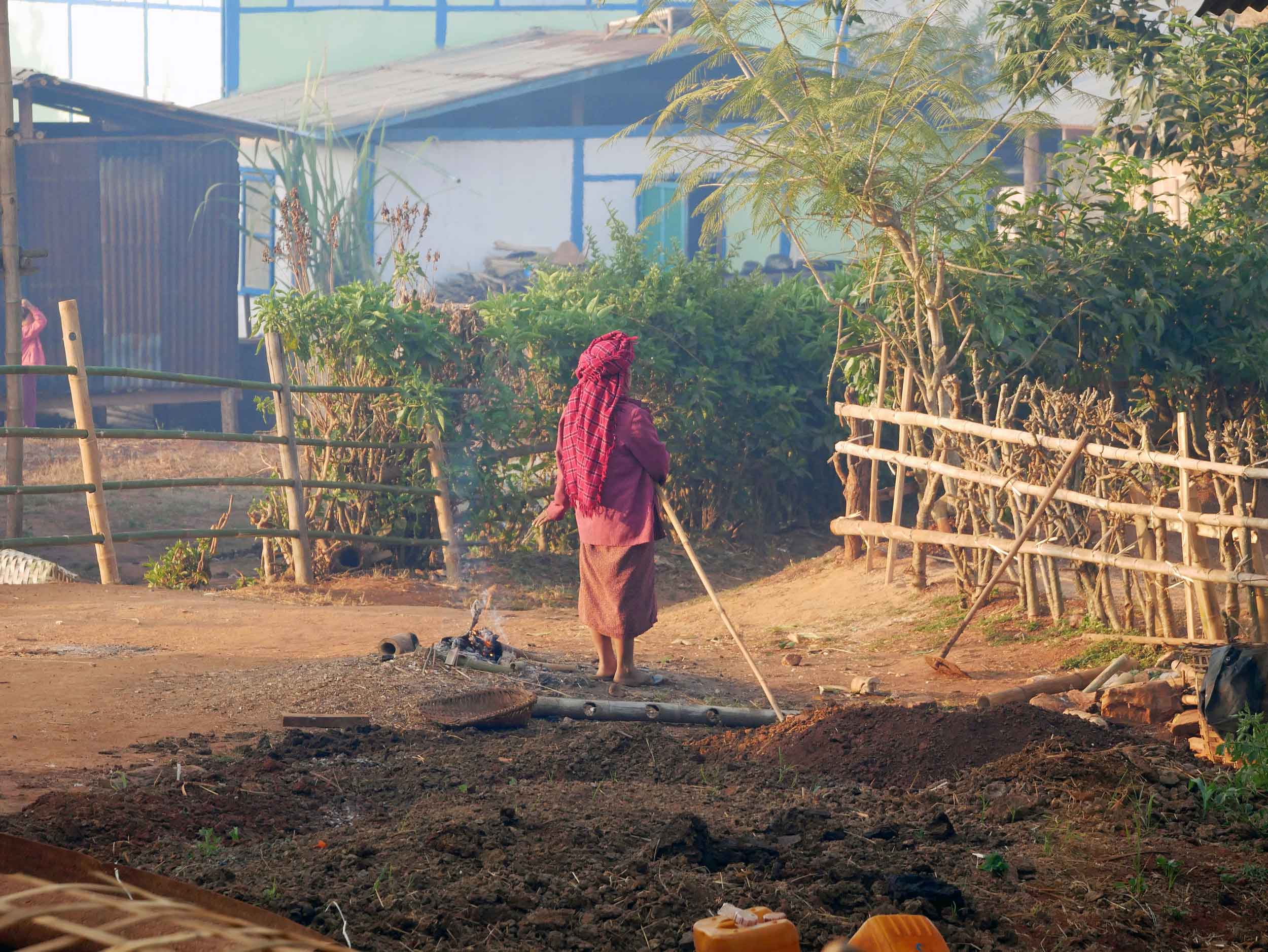
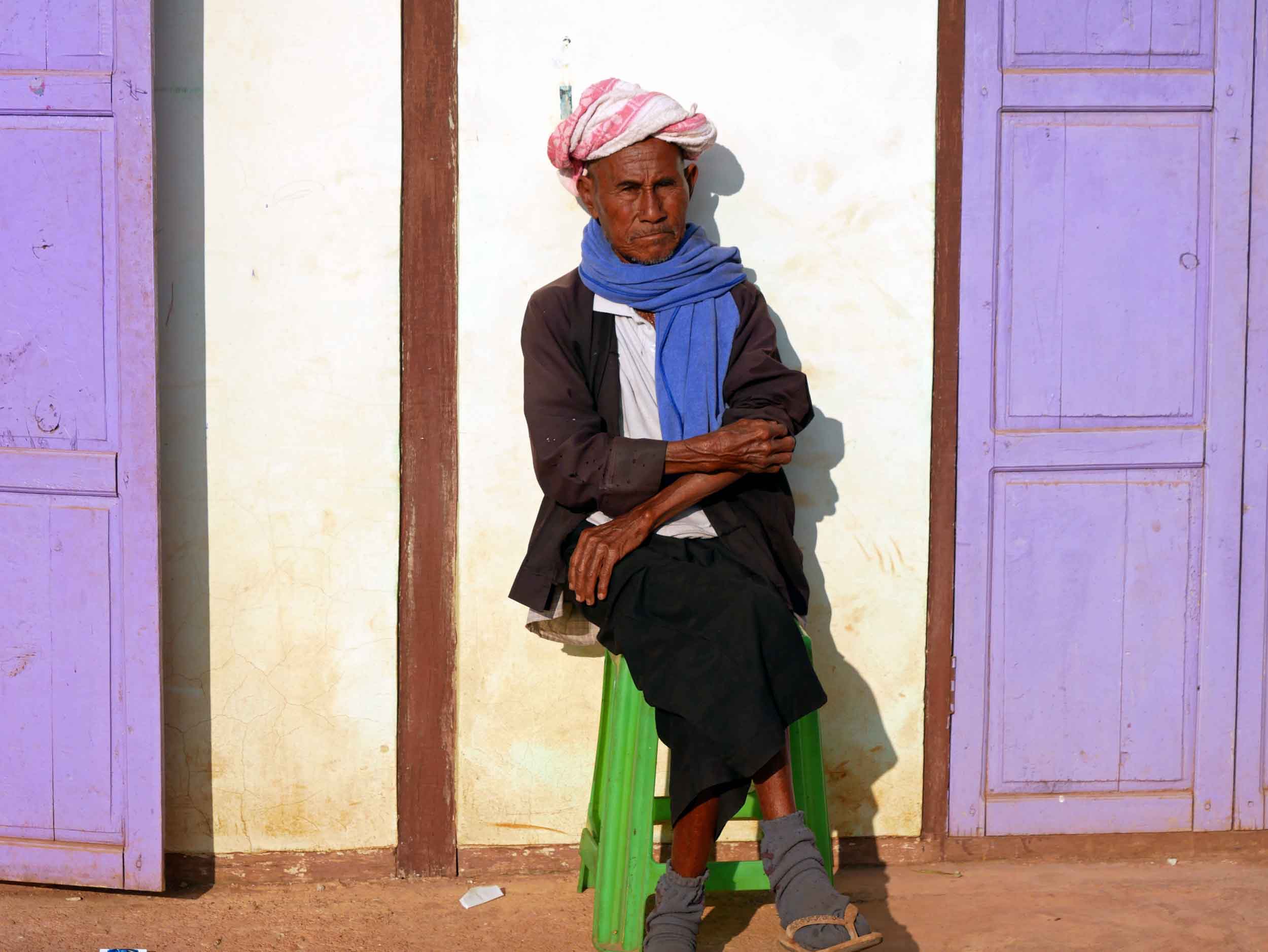
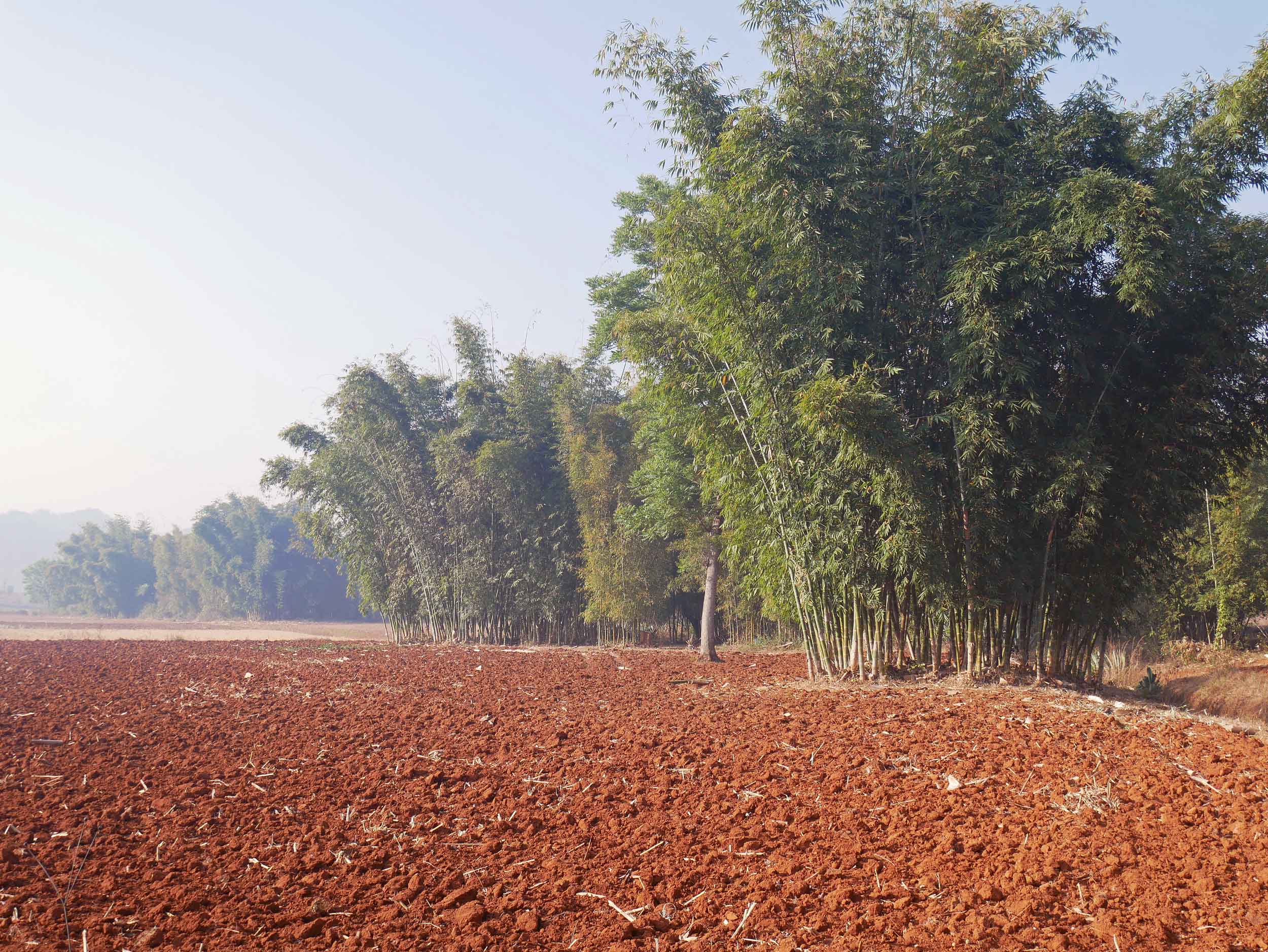
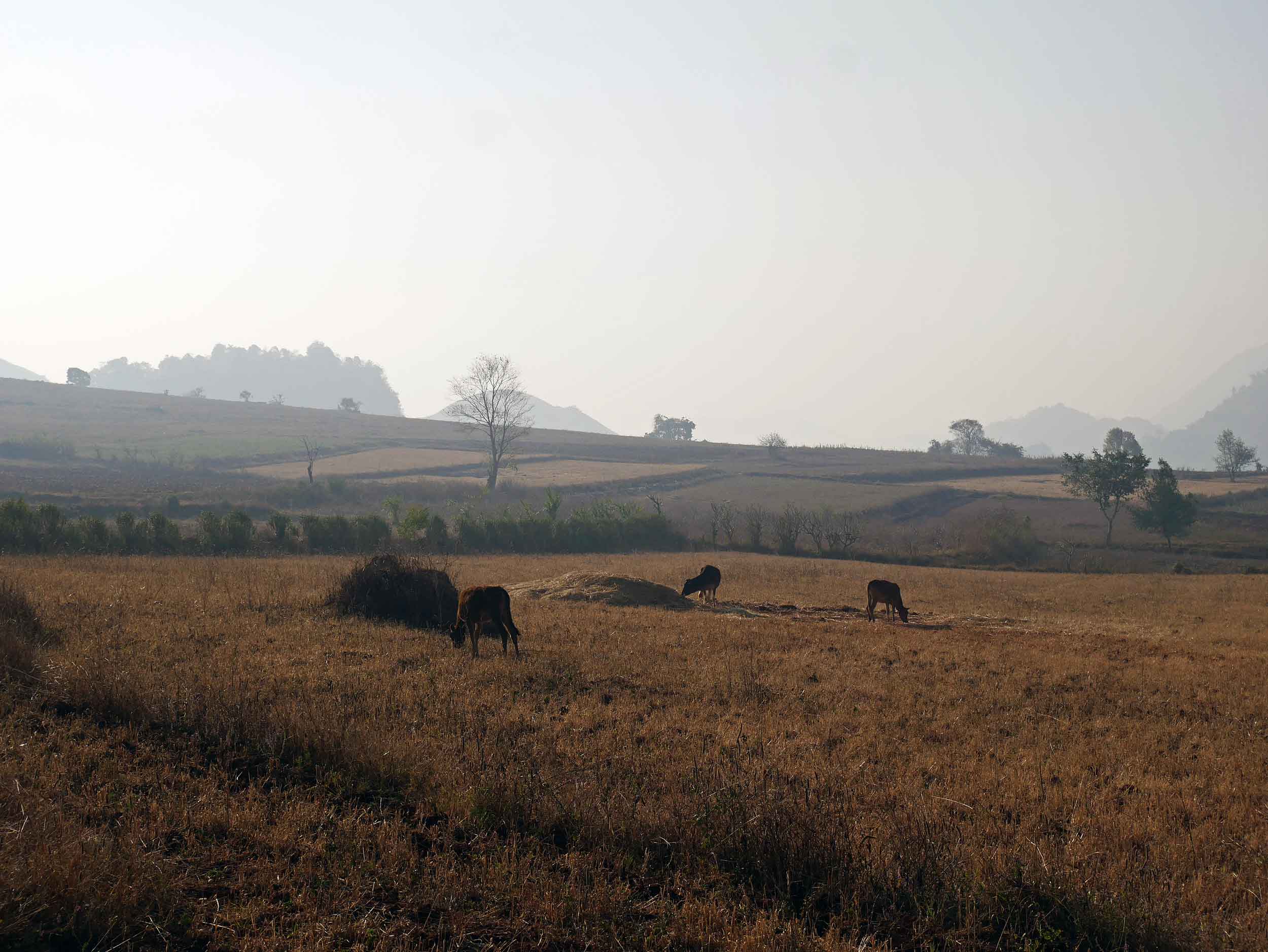
These devoutly Buddhist people treat all living beings with care and respect, and we saw that most notably in their loving, tender relationships with their most important work animal, the water buffalo. We witnessed farmers bathing their buffalo and shredding by hand the wheat meal that supplements their diet in the dry season. Even stray dogs and cats are tended to and seem to be healthier, comparatively, than those in other developing economies.
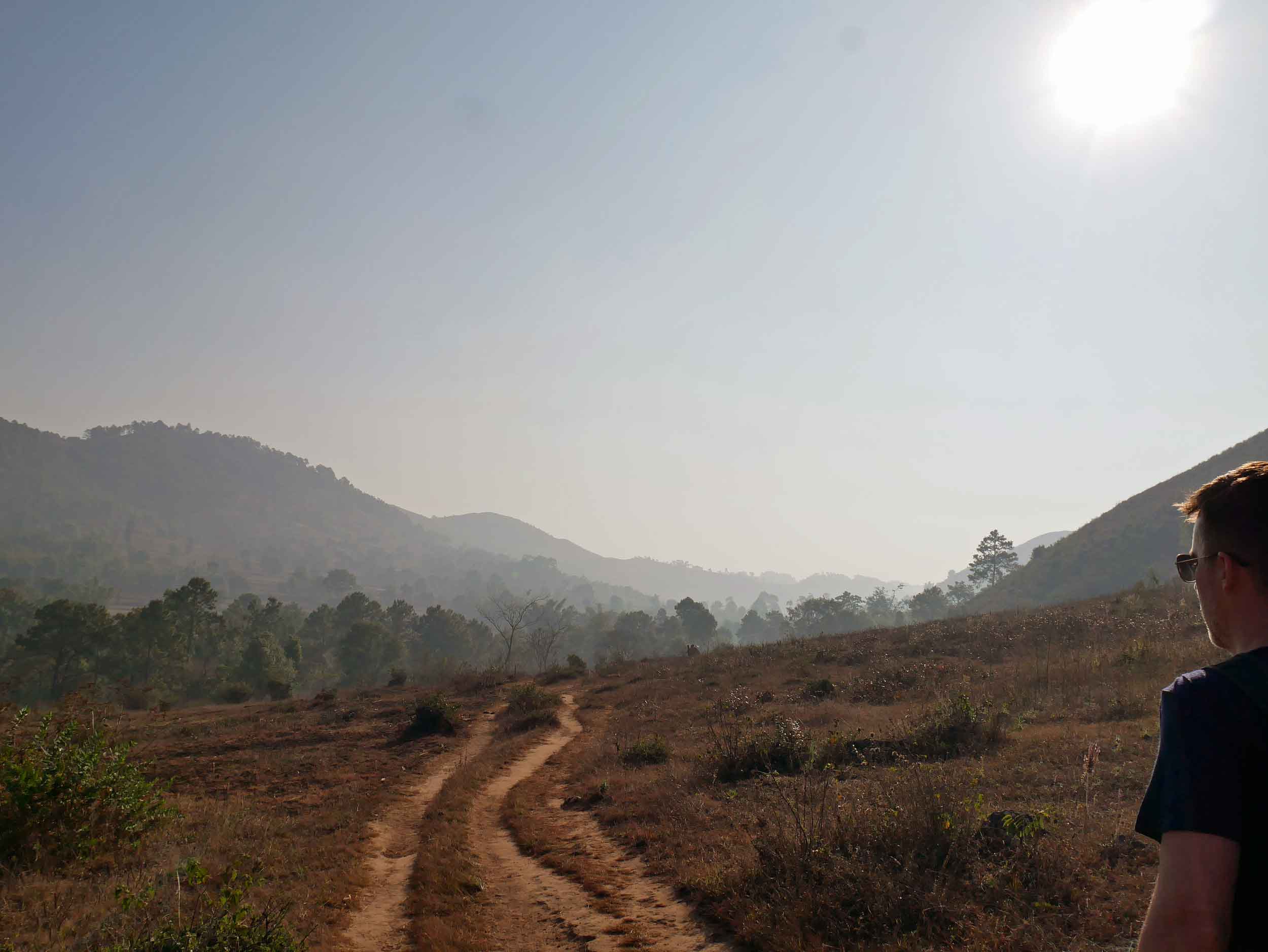

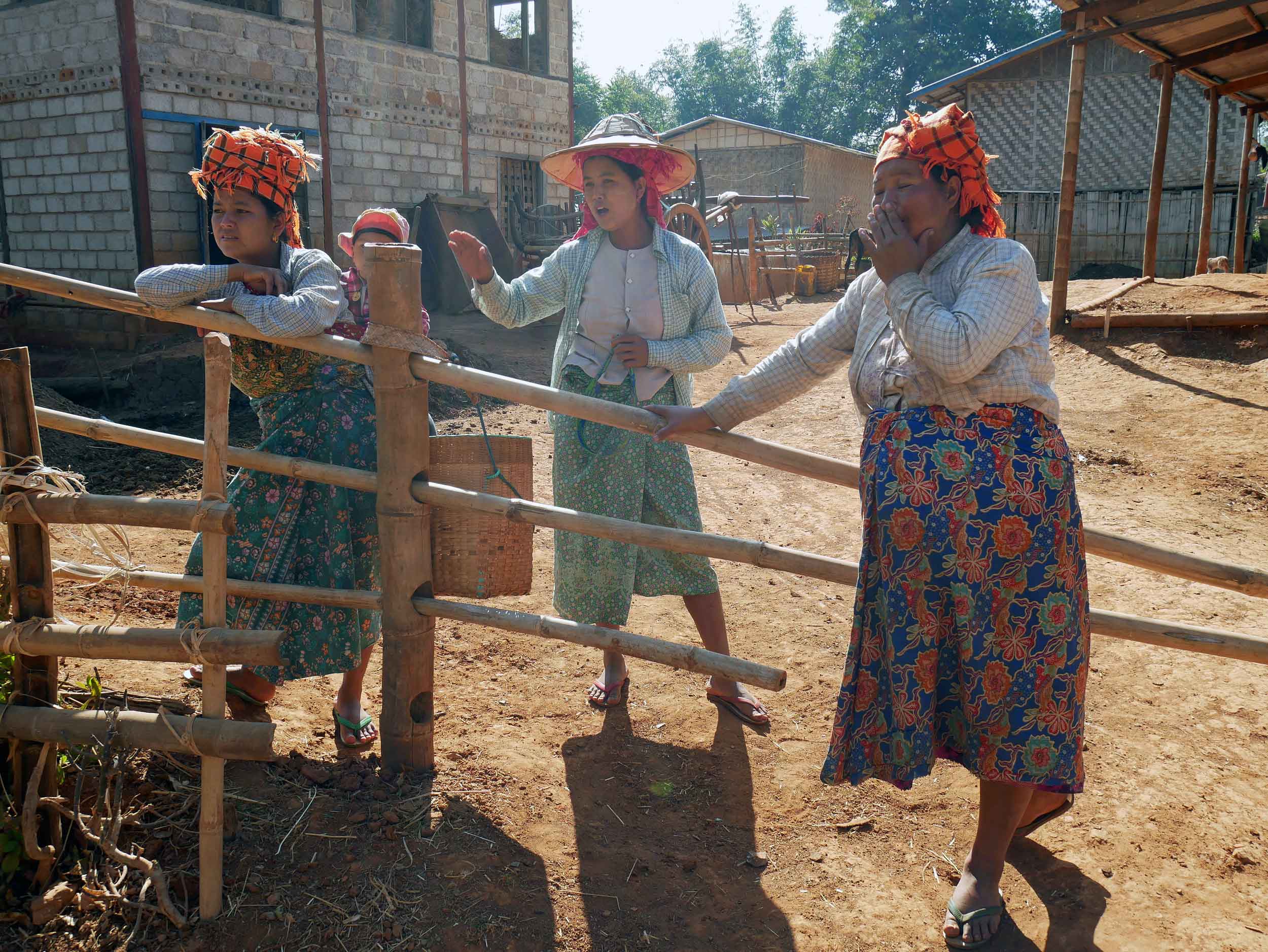

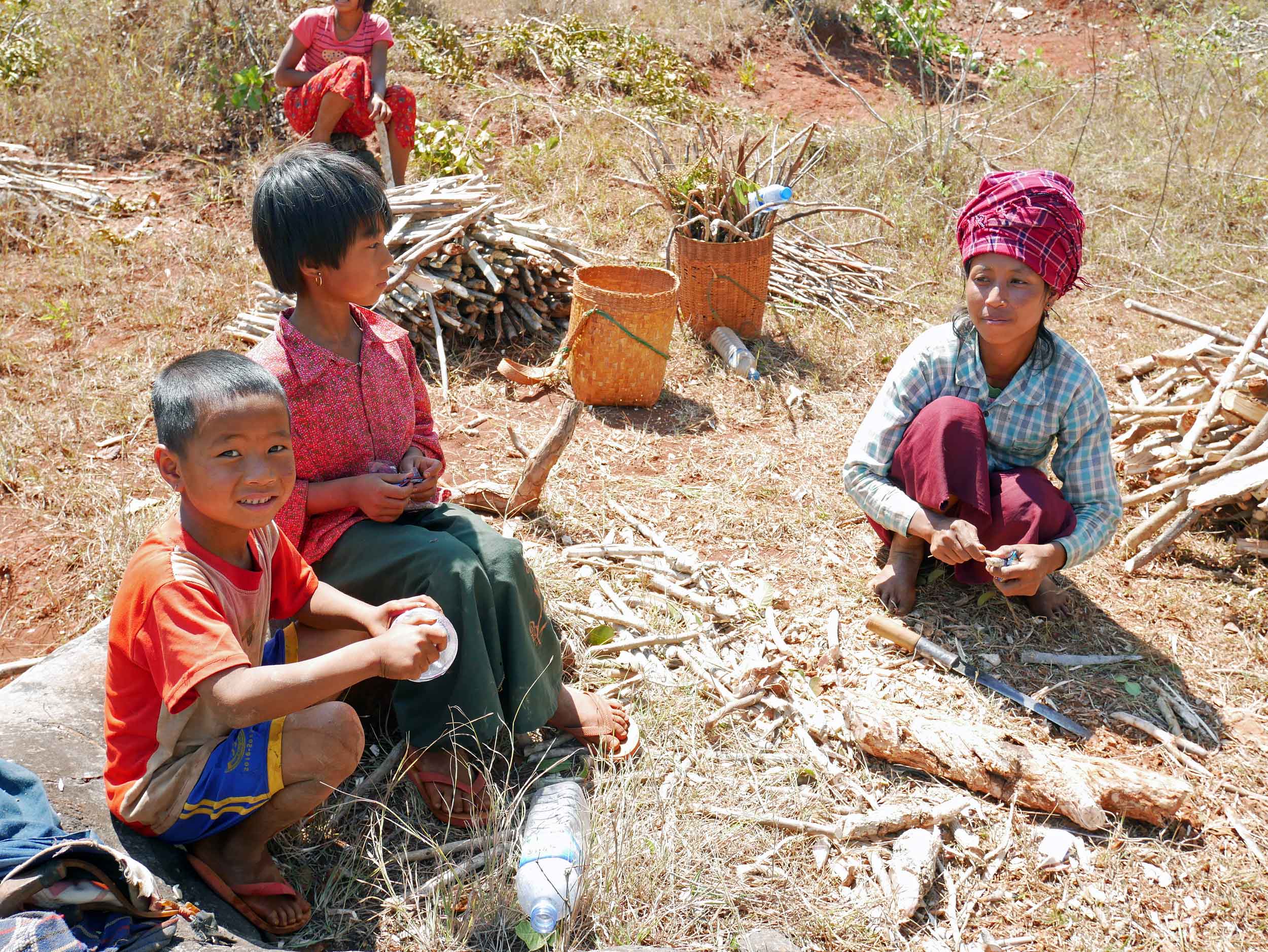
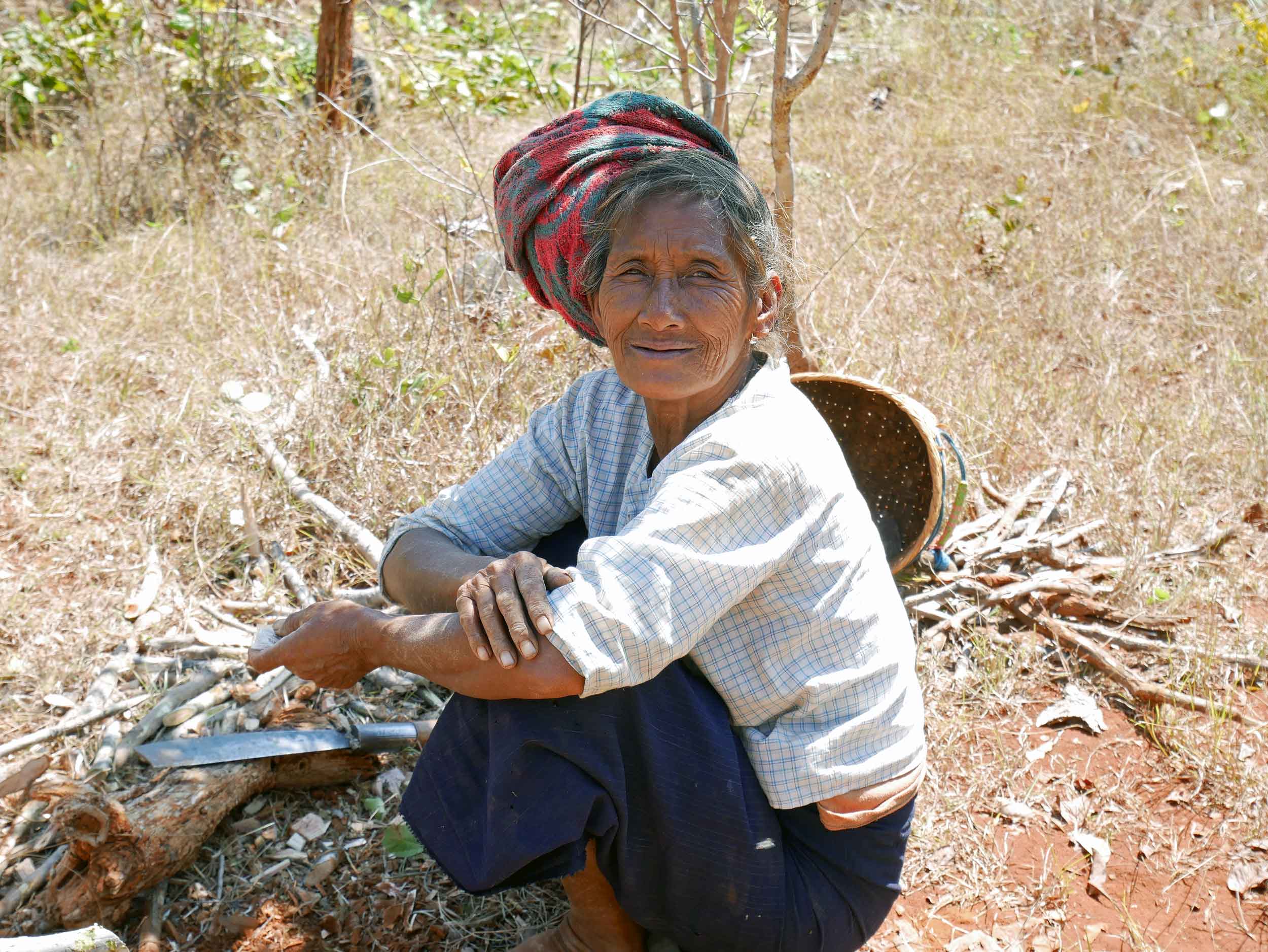
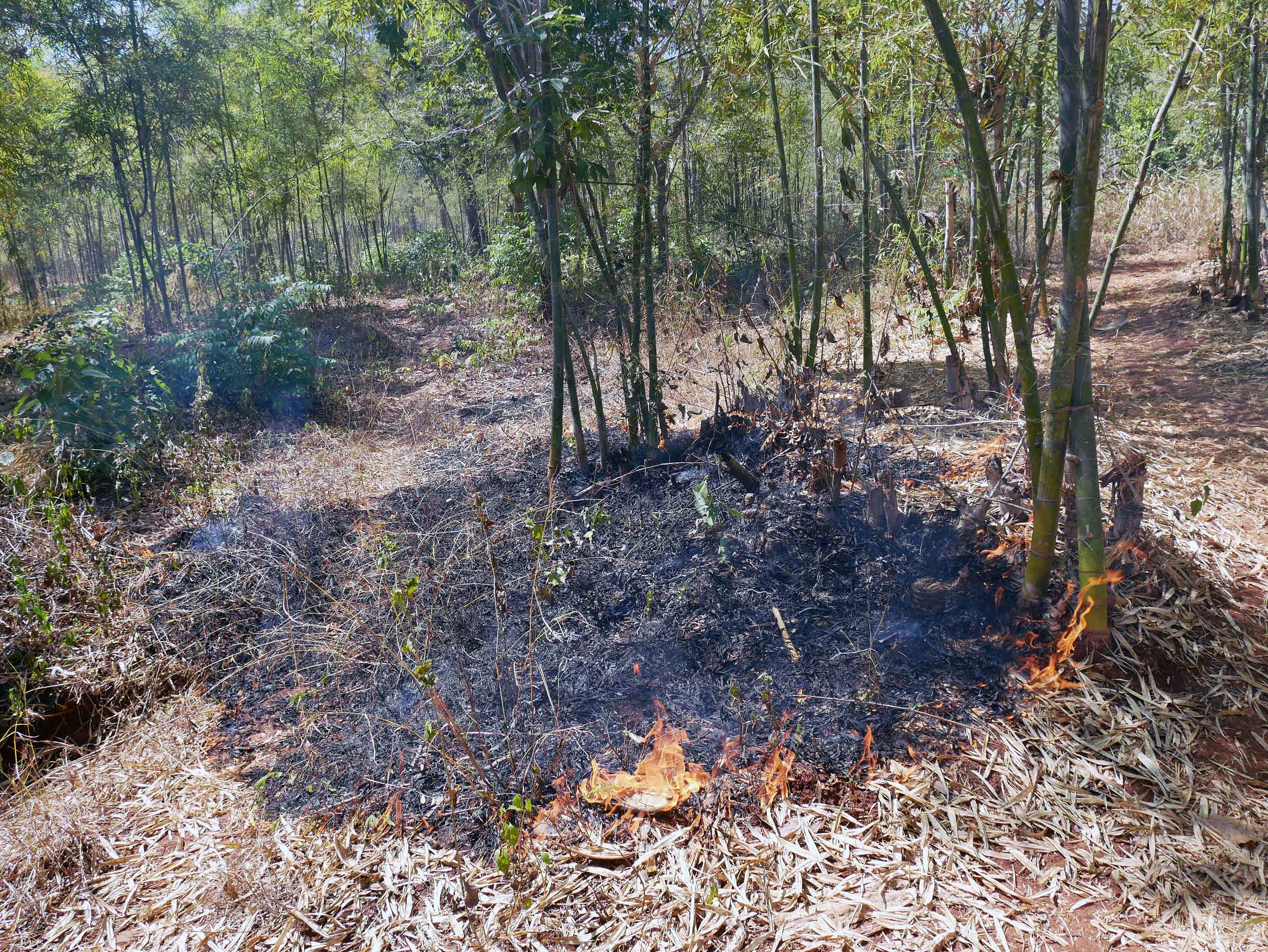
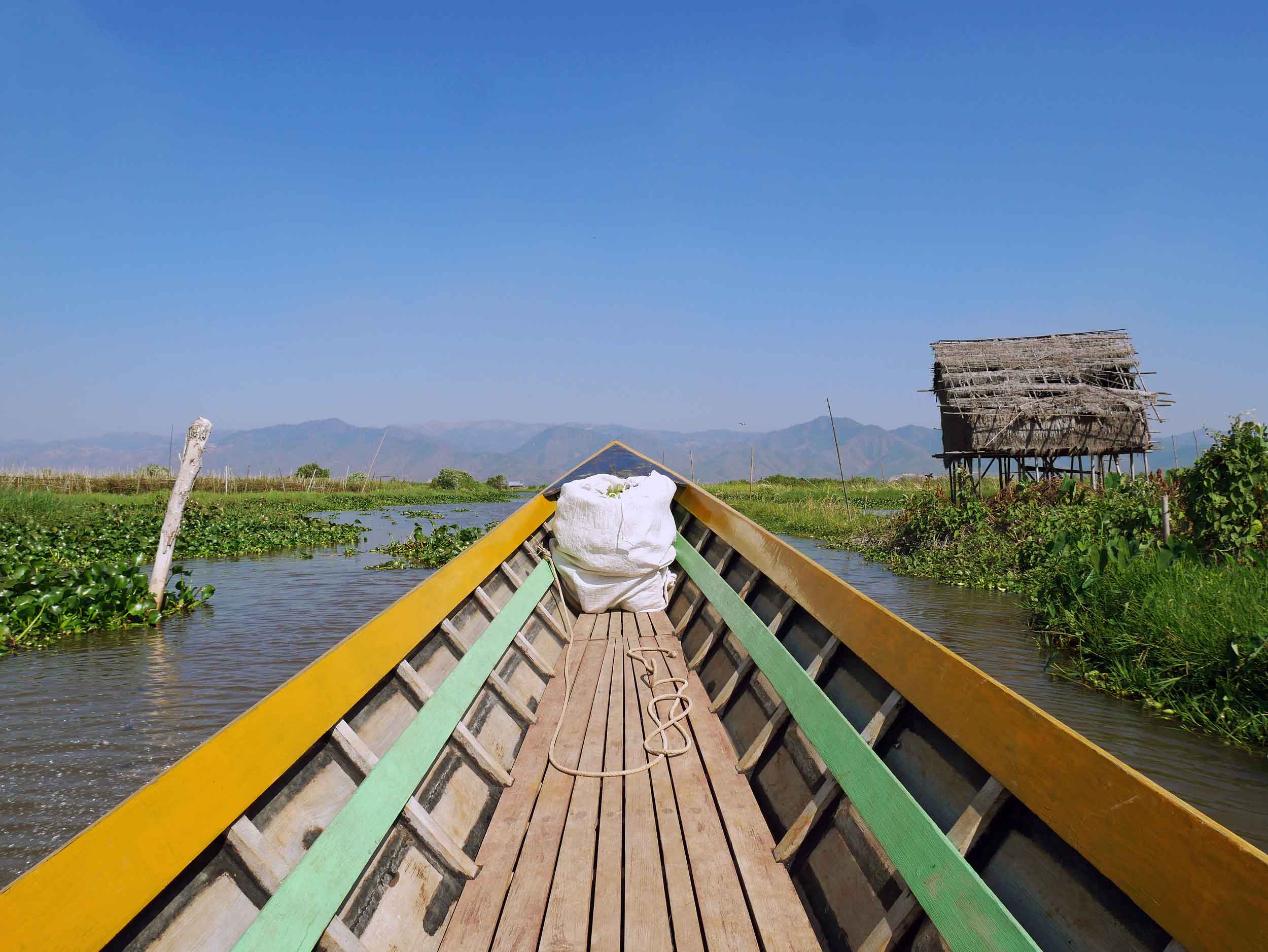
Times are certainly changing for the communities in this part of Myanmar: electricity is beginning to make its way into villages, roads are being paved, homes are being converted from bamboo to concrete, and mobile phones (and Facebook) are prevalent as of just a few years ago. These changes are making domestic chores, such as cooking and washing, and communication with friends and family in nearby villages significantly easier as well as improving the safety of travel and of their homes, especially in the monsoon season.
Our gratitude to the Pa-O people for hosting us on our overnight journey and in addition, to the Da Nu and Paulang tribes for allowing us to witness and briefly experience the rhythm, beauty and hardship of farming life in this challenging and progressing land.
